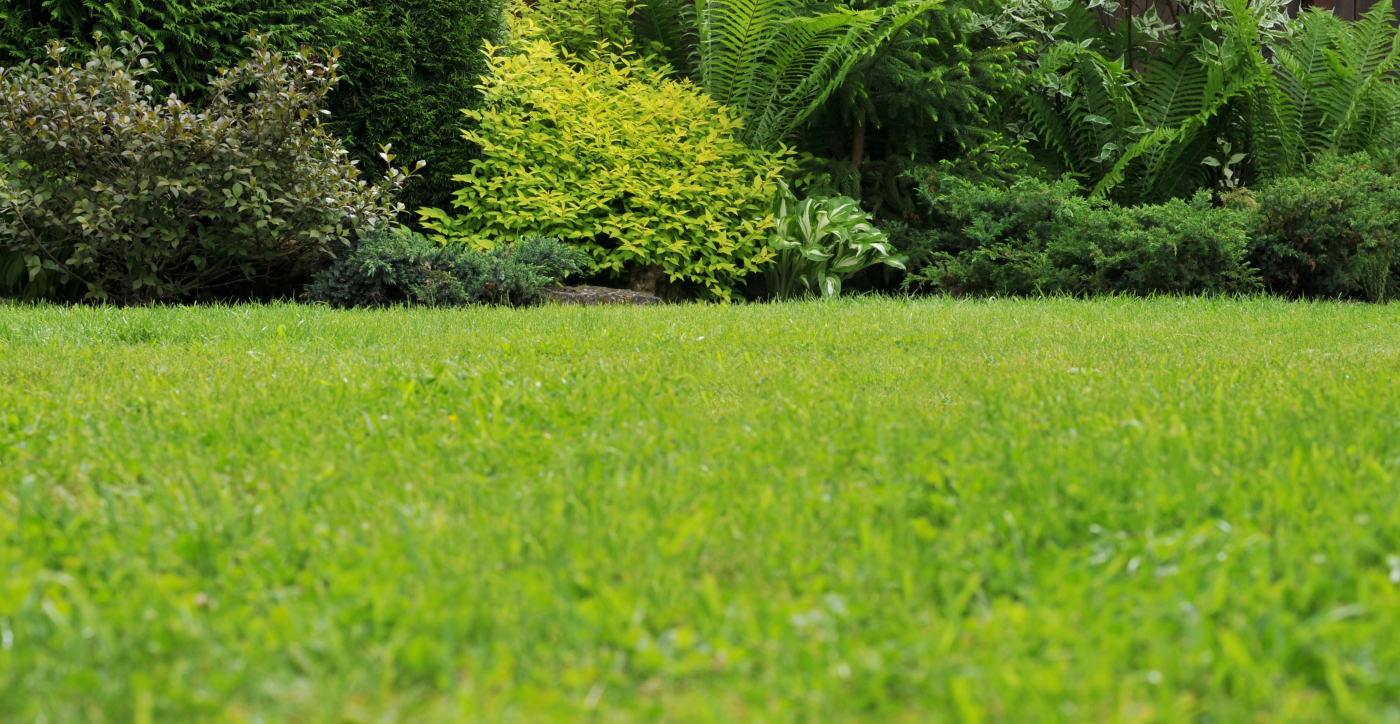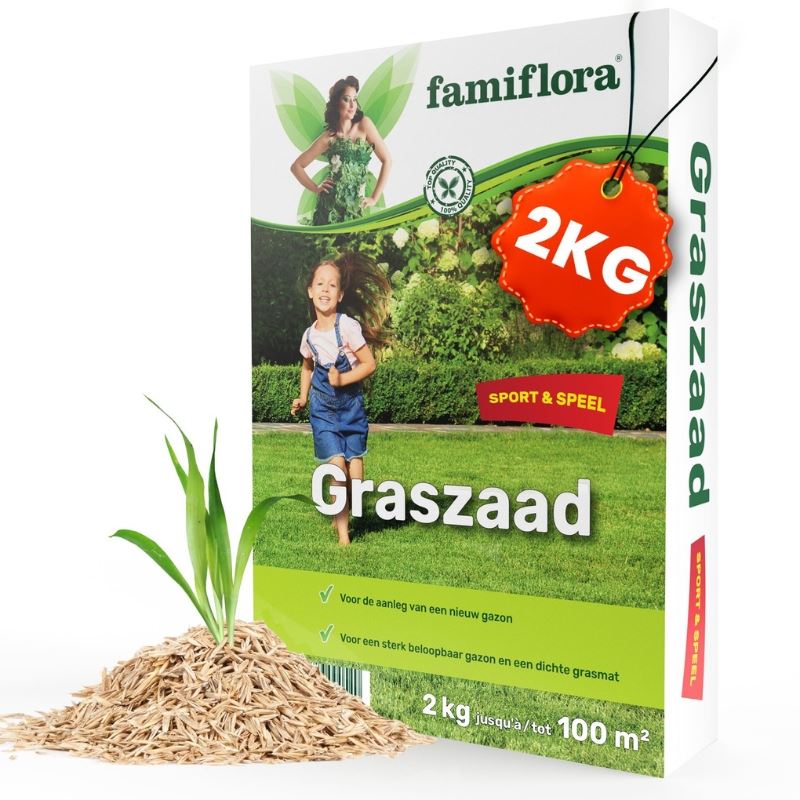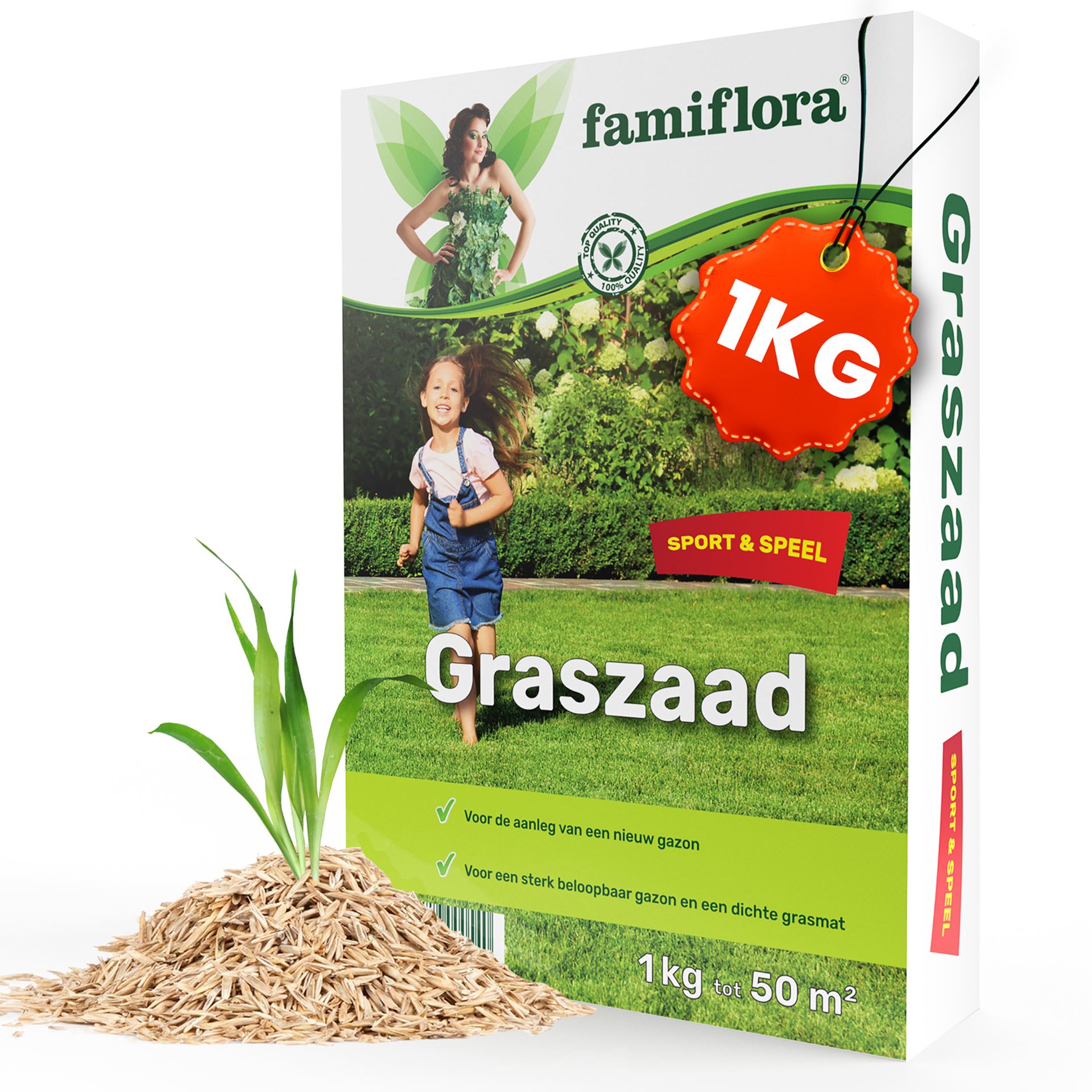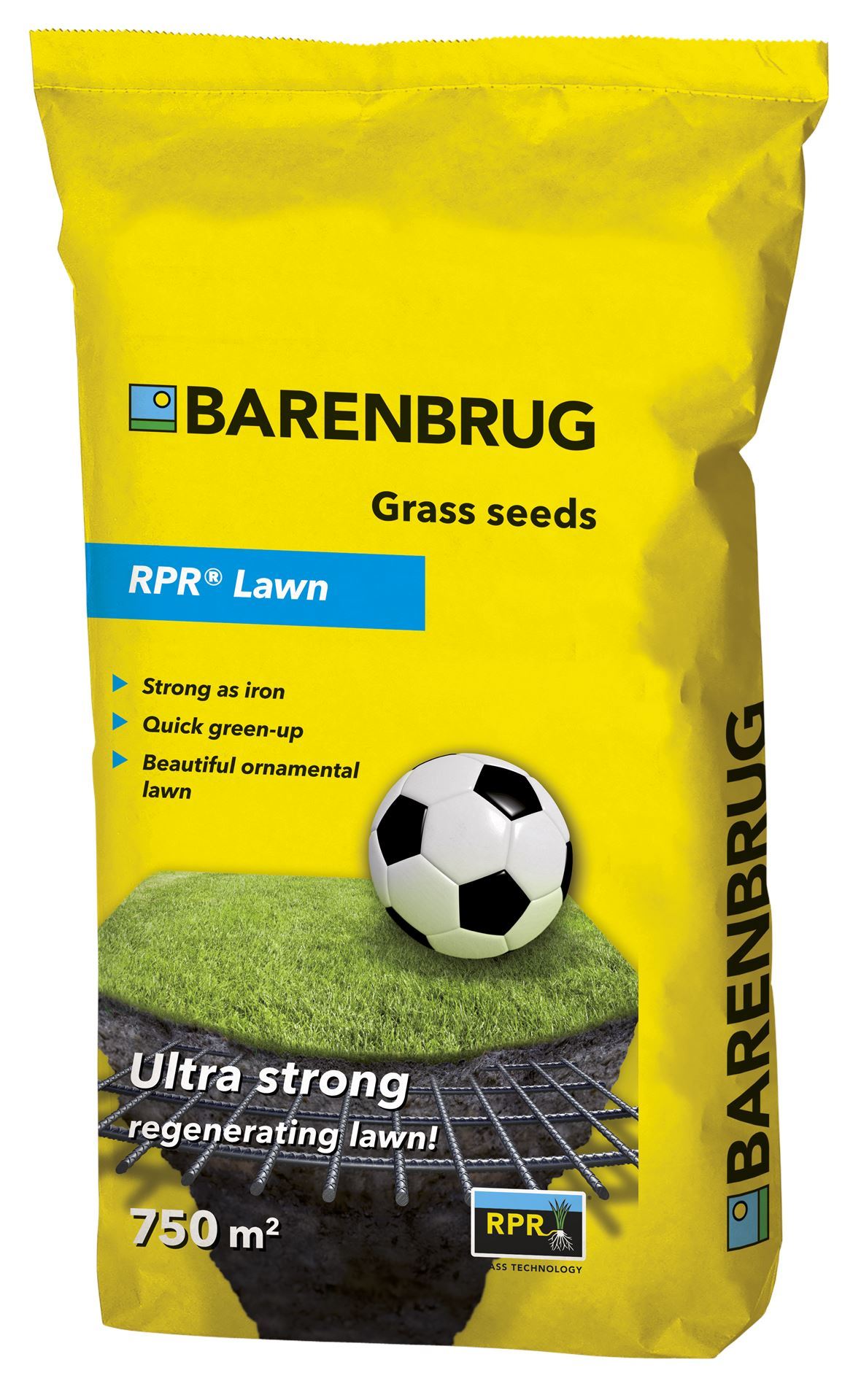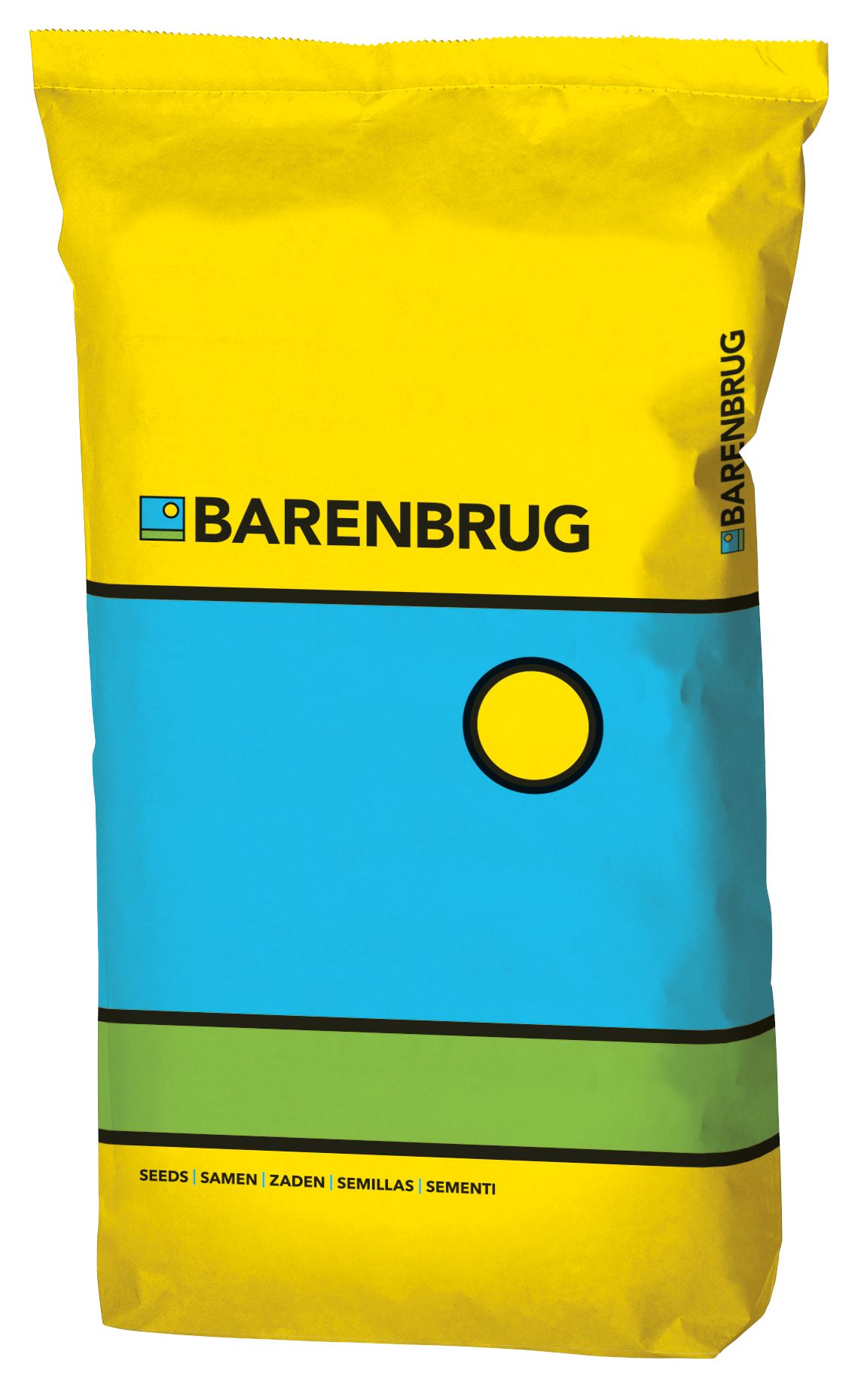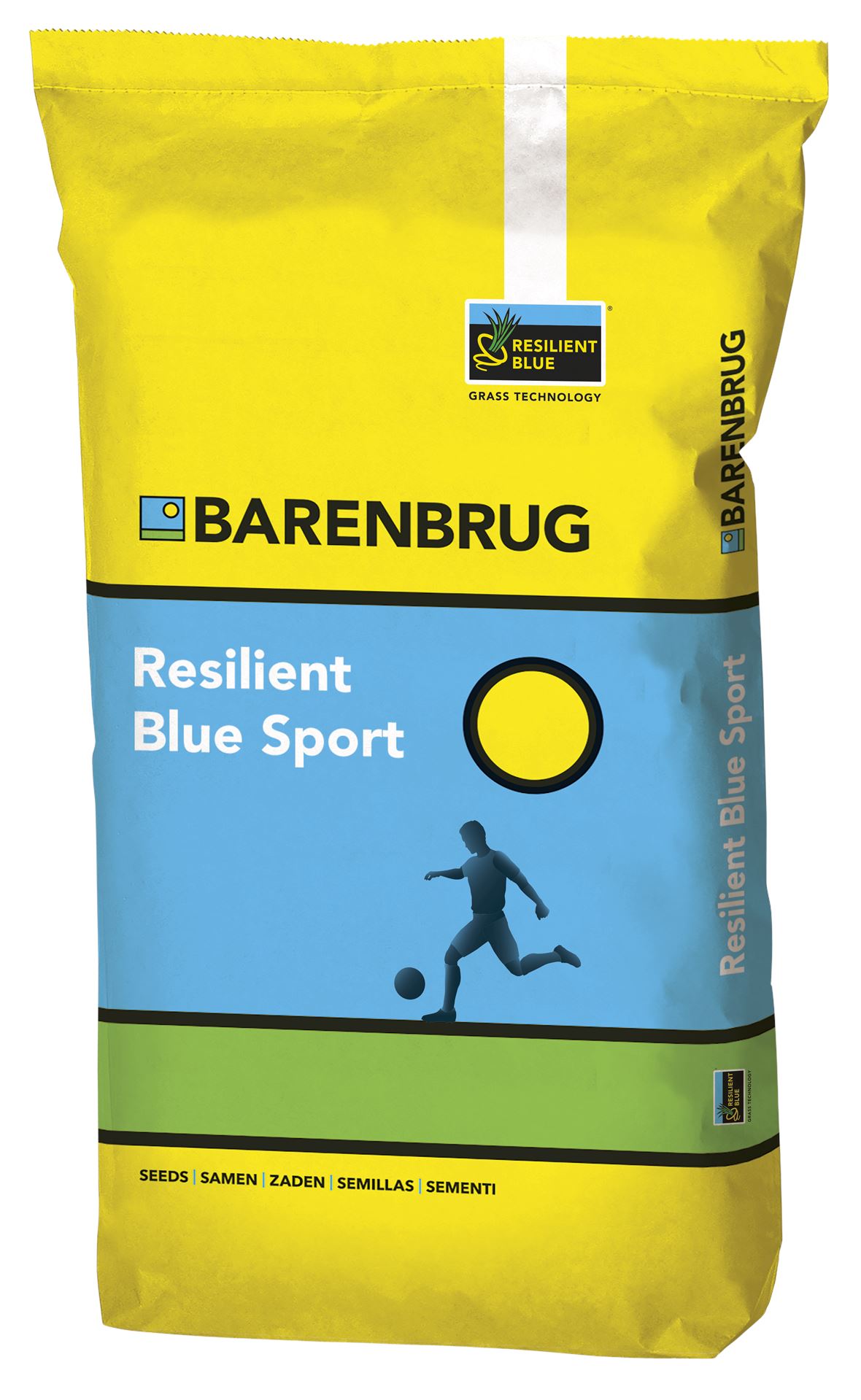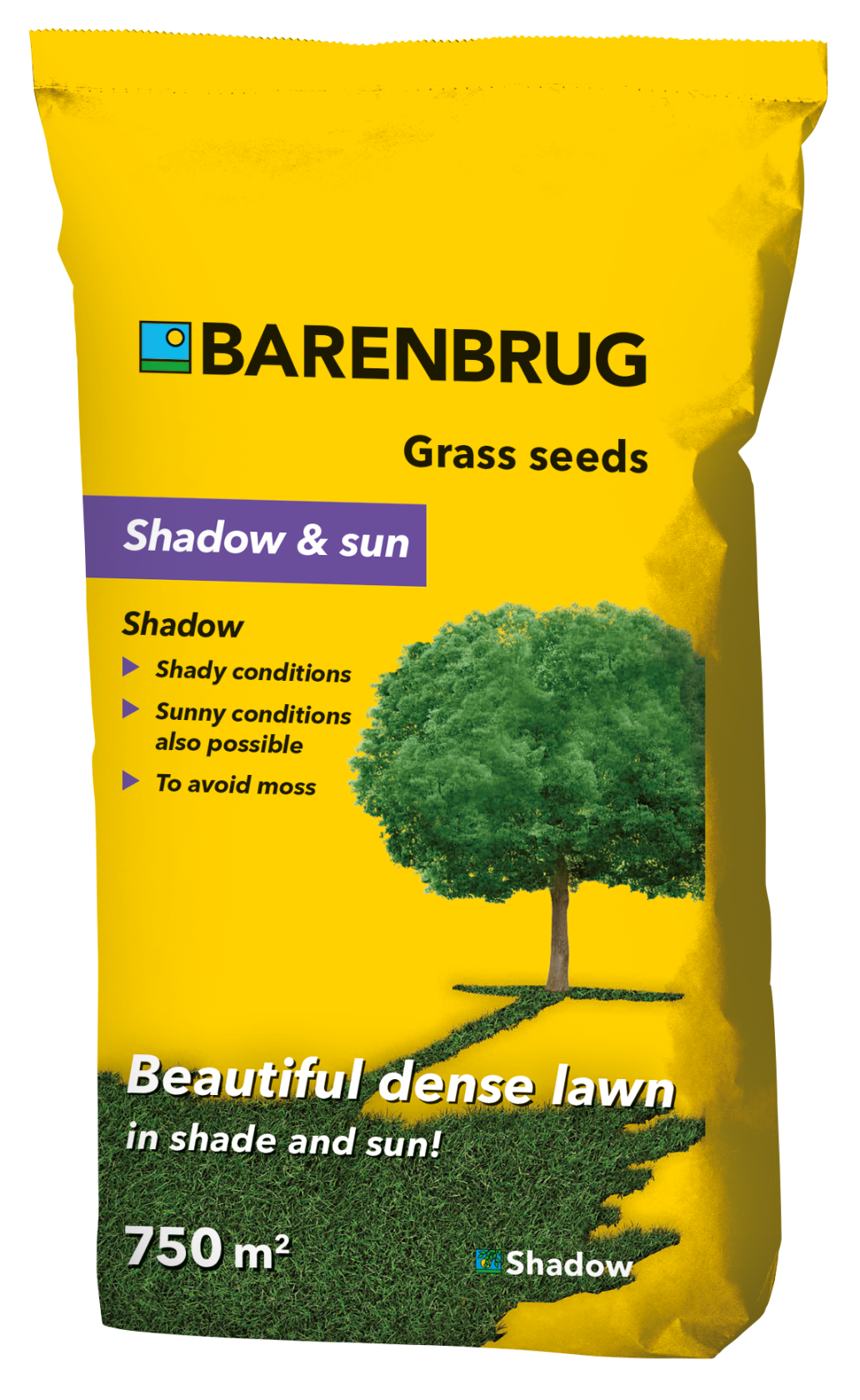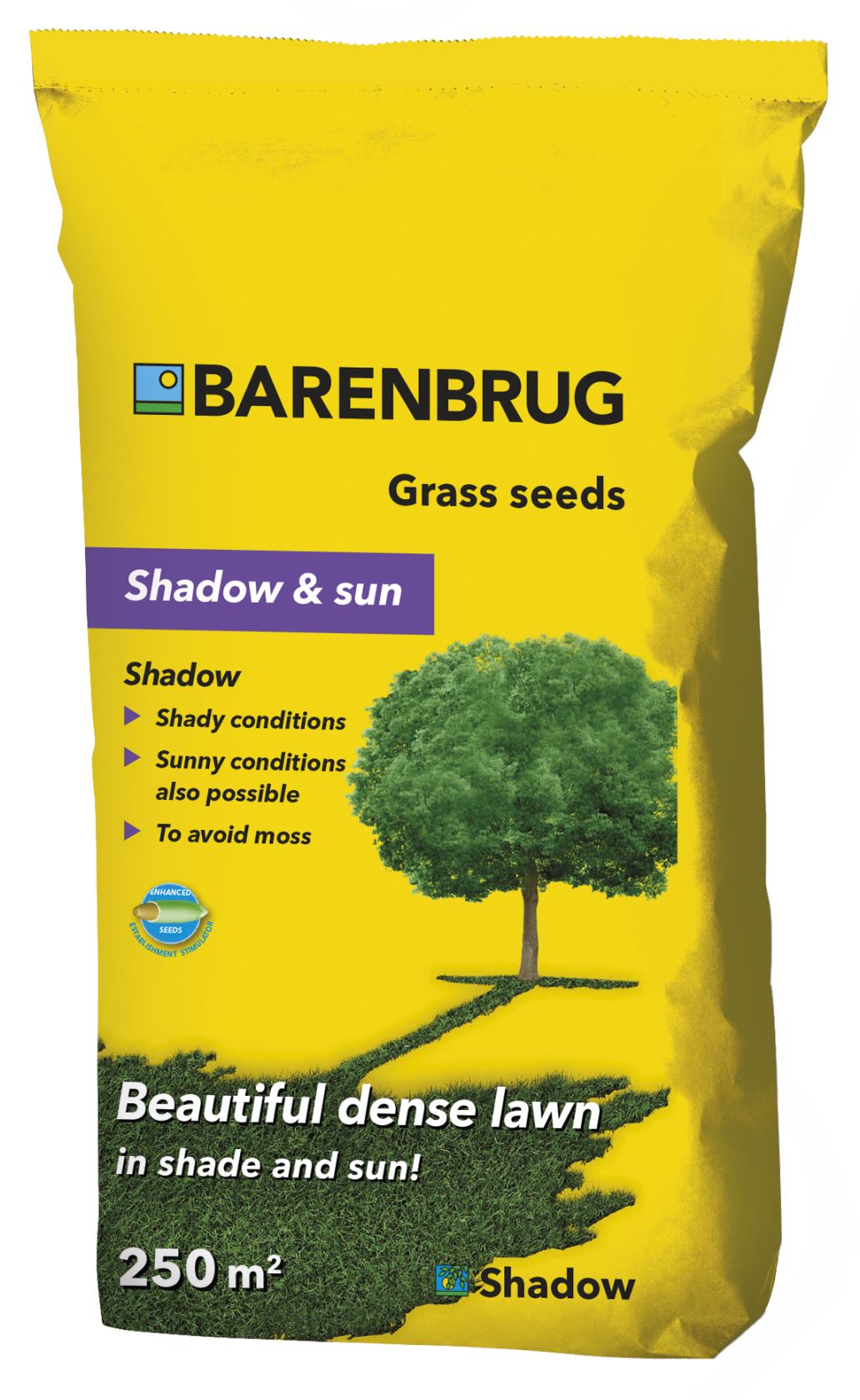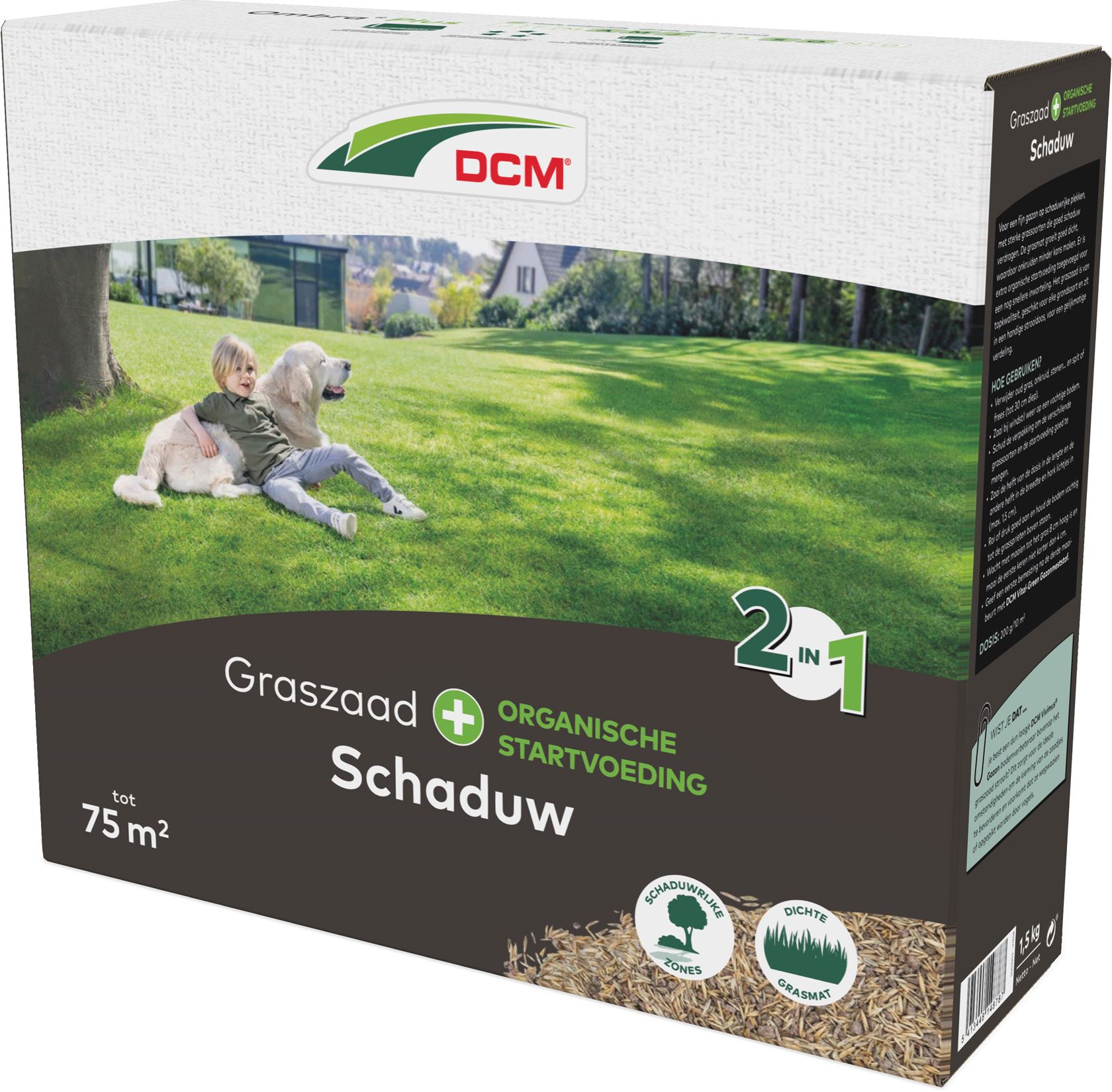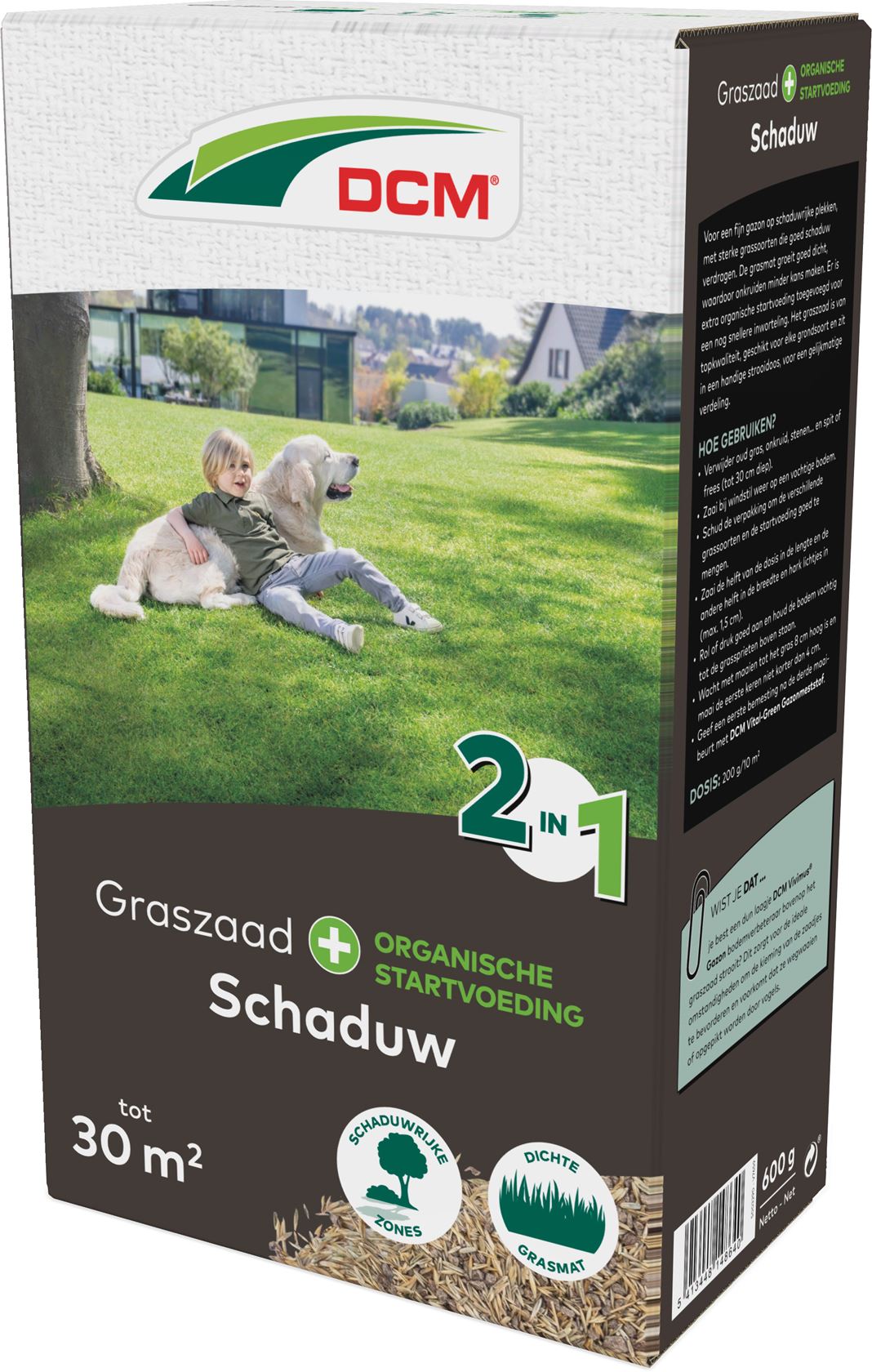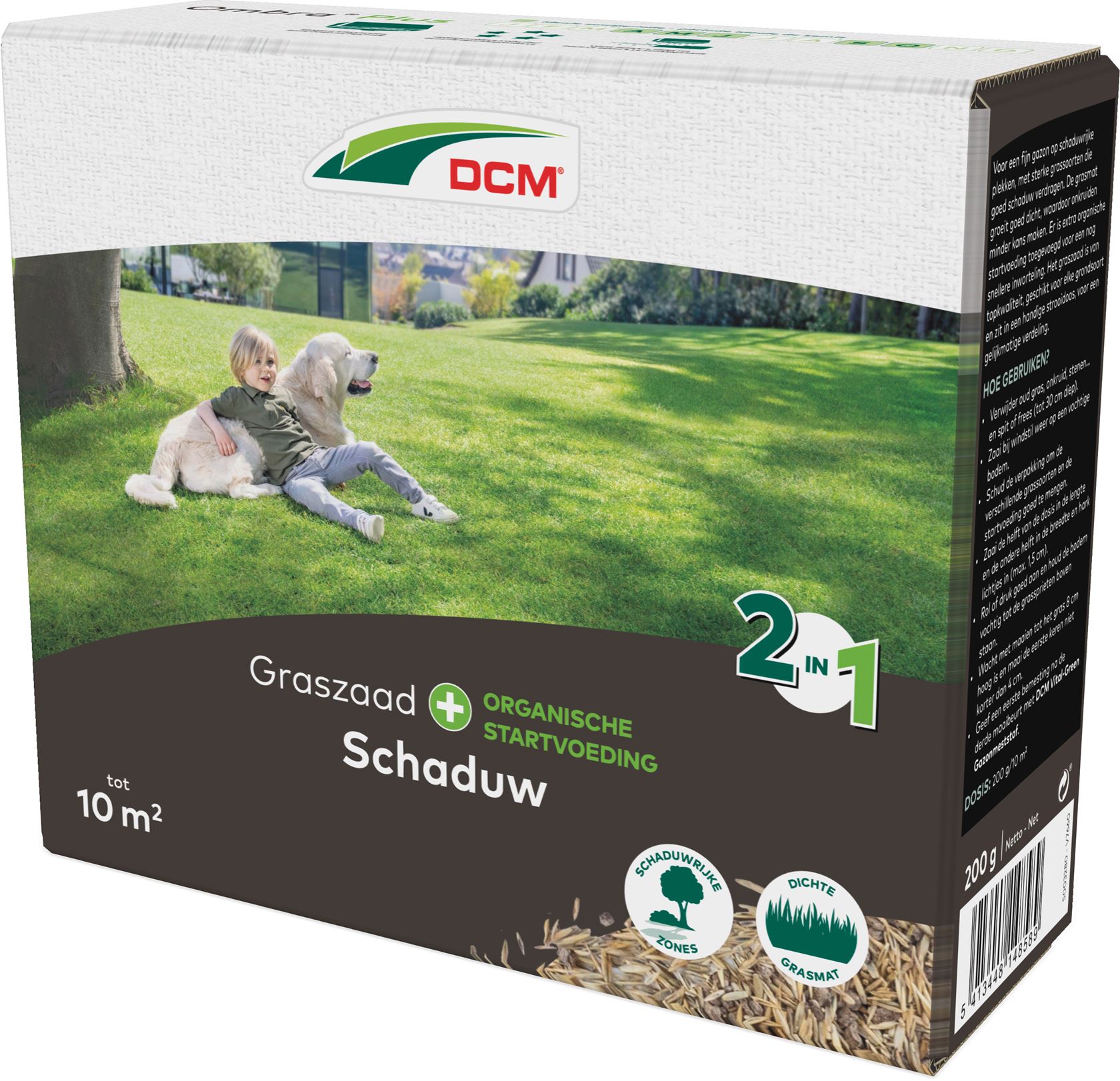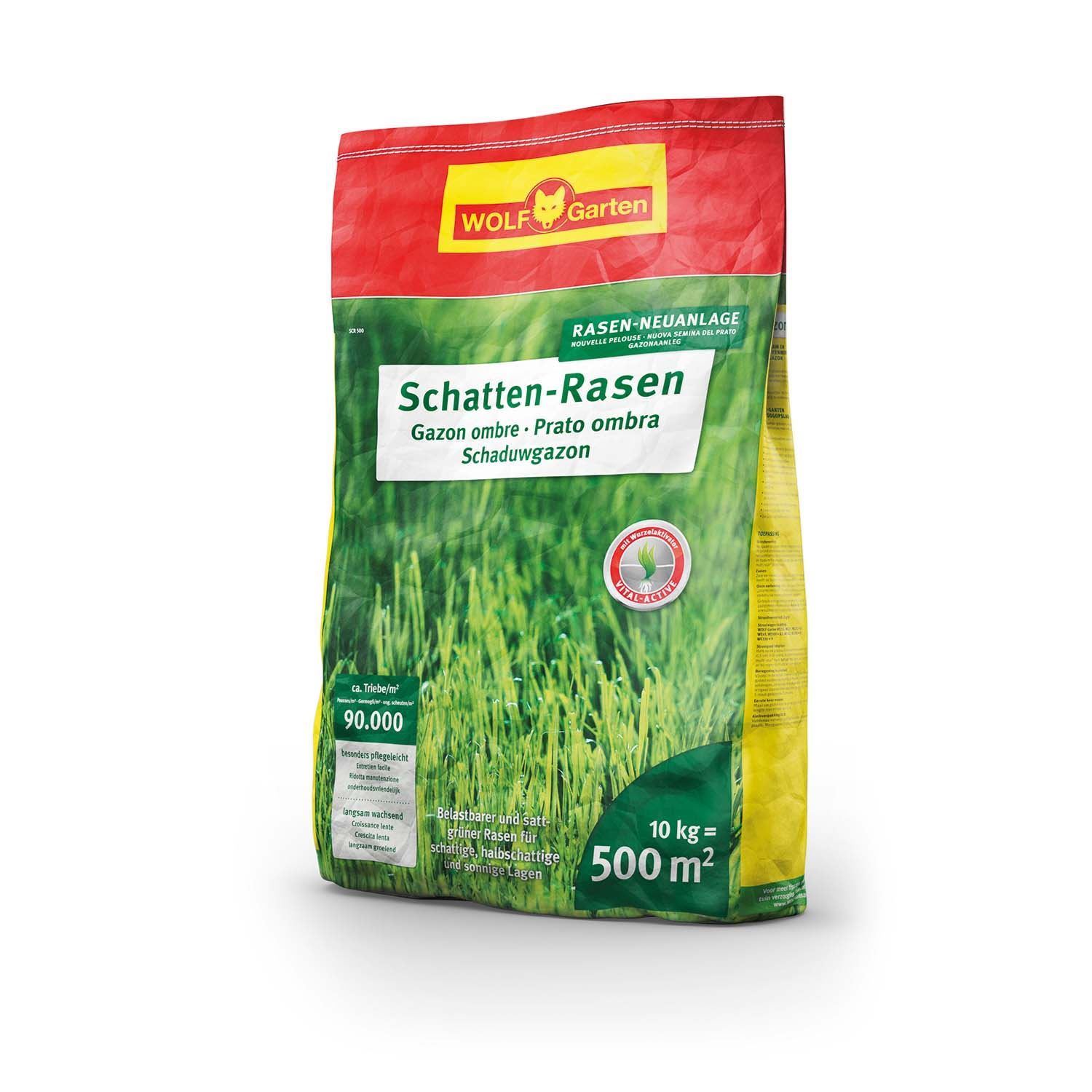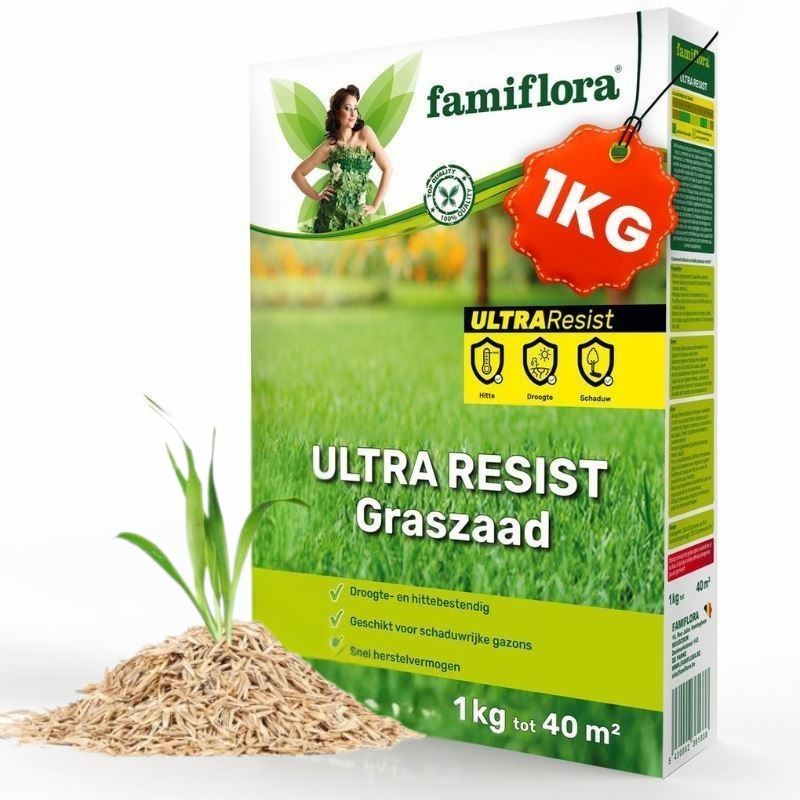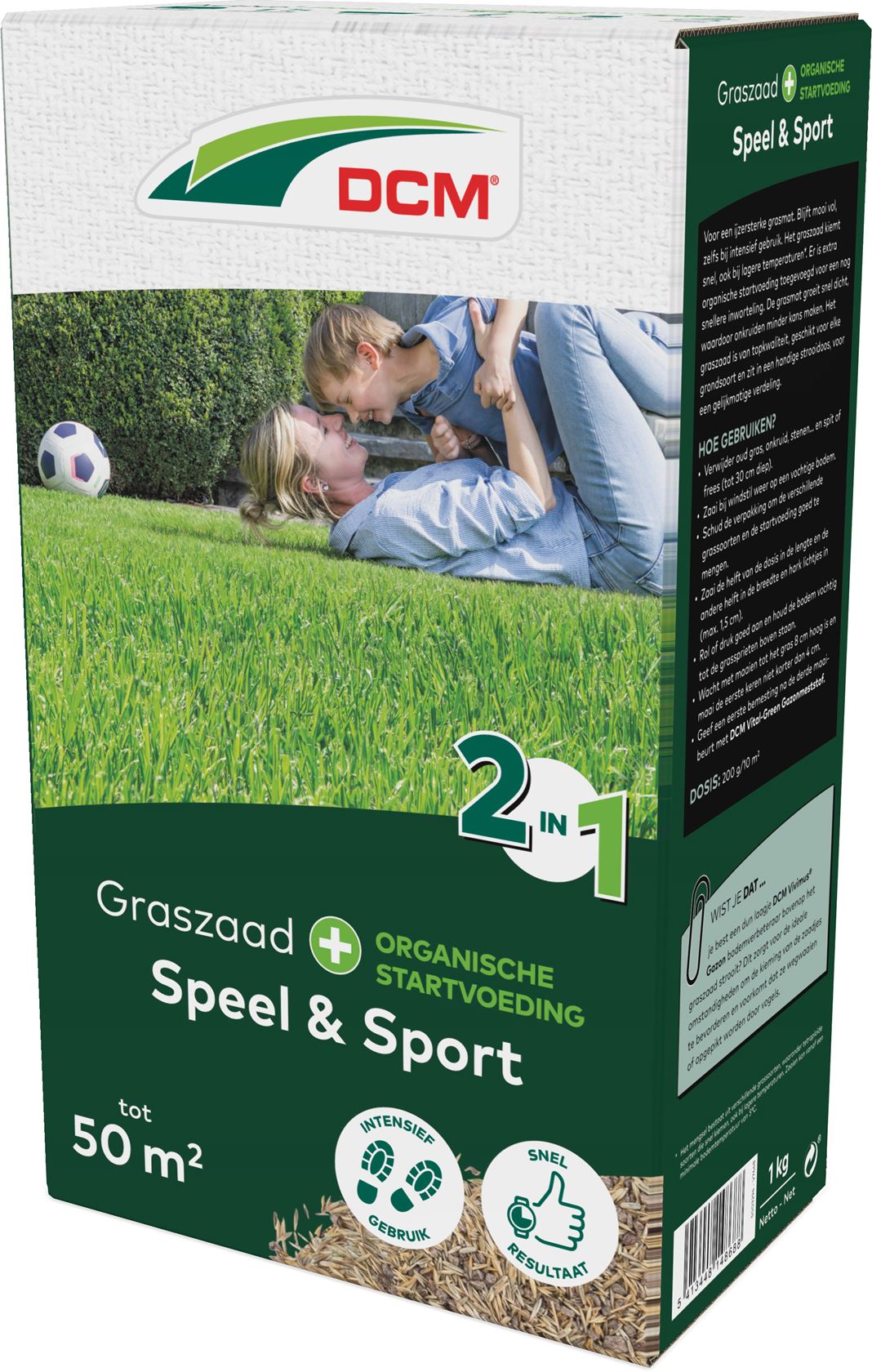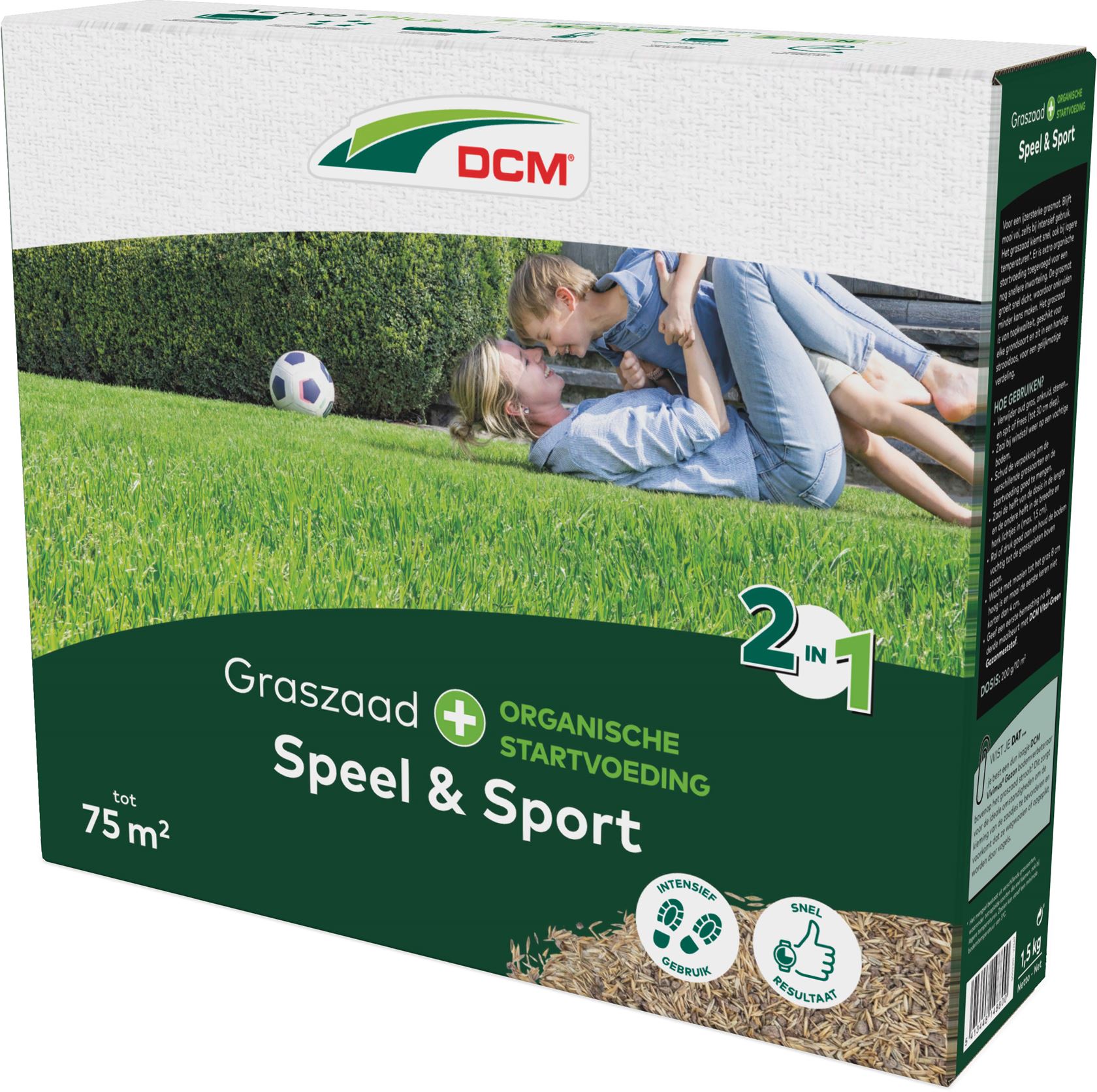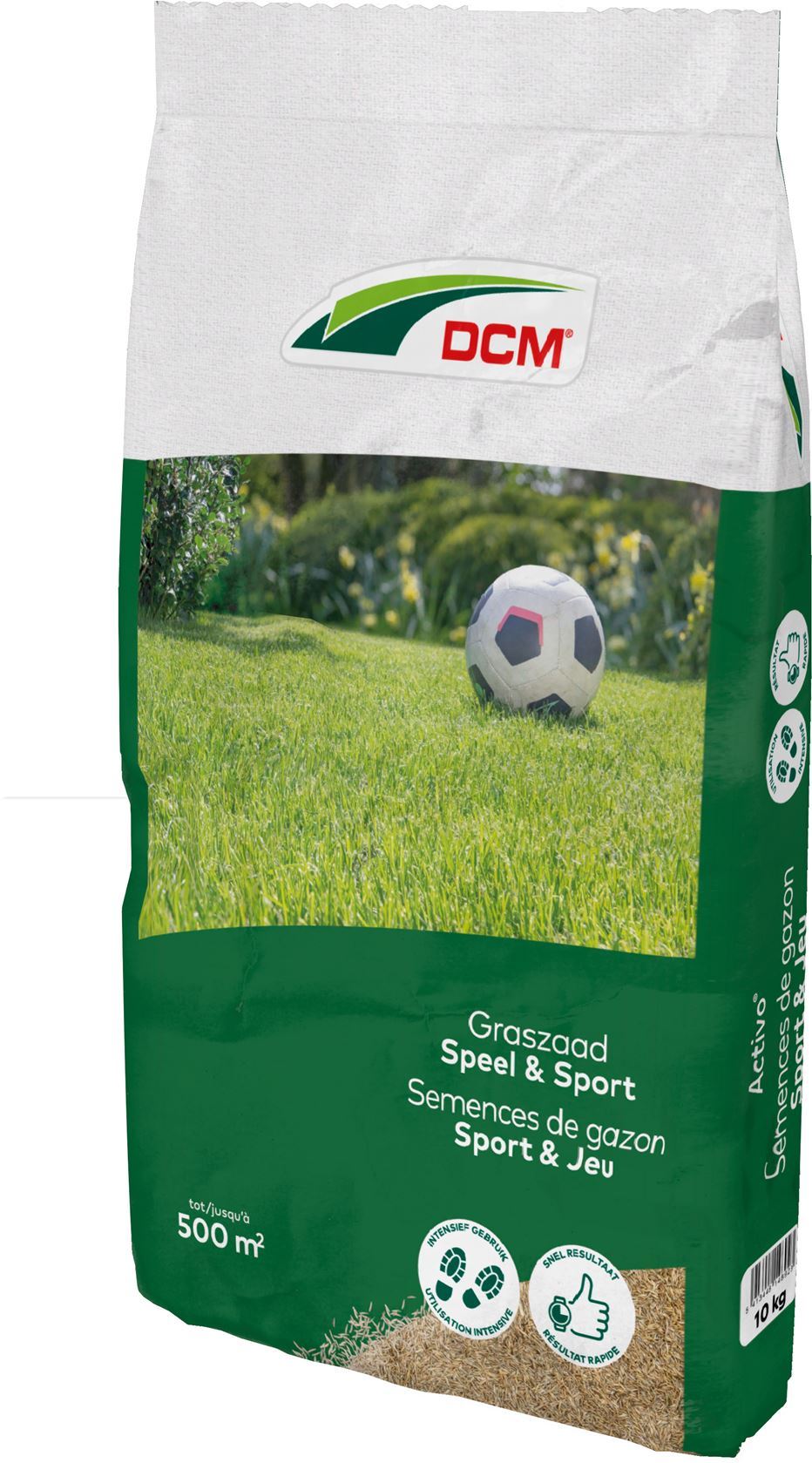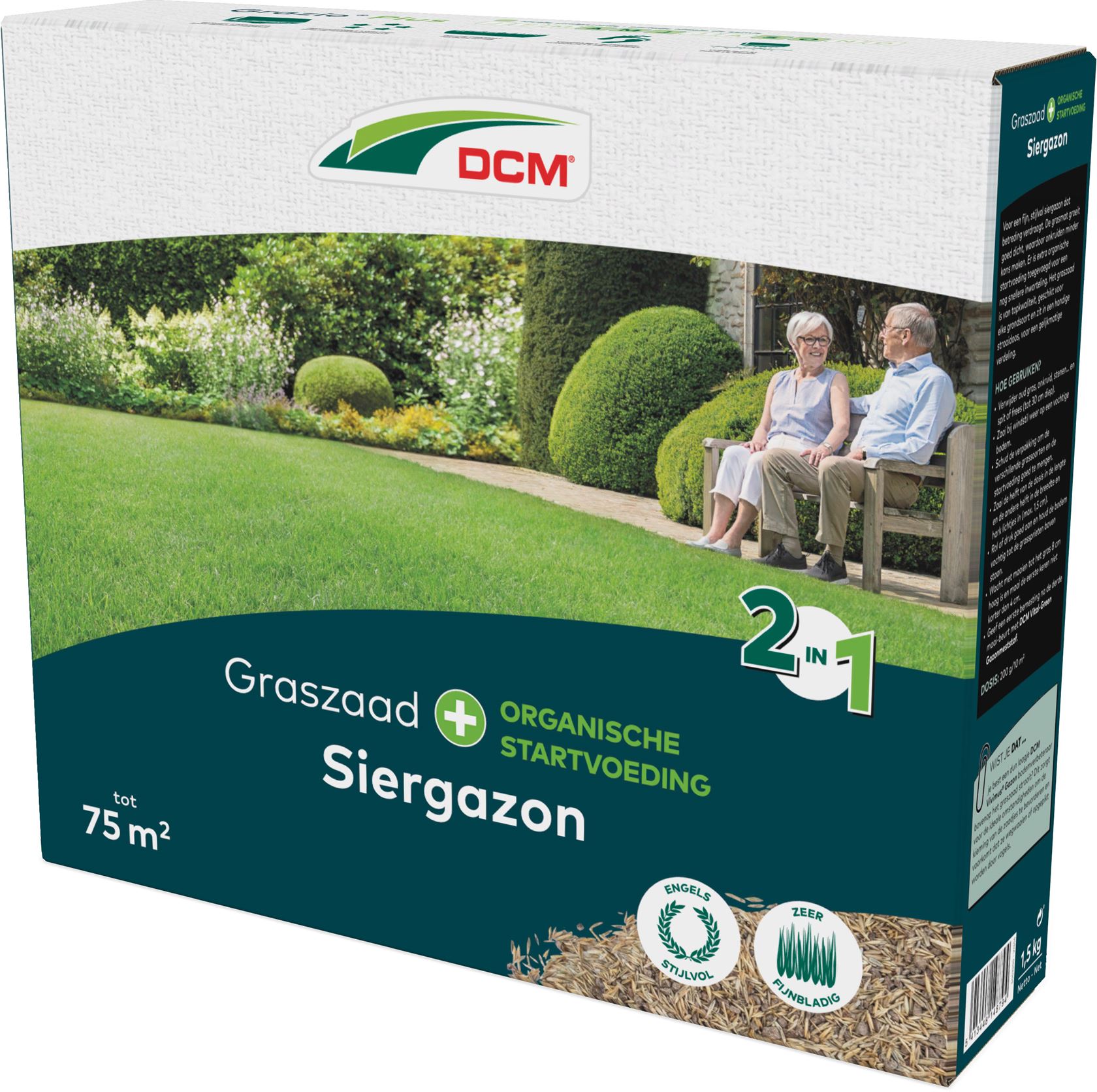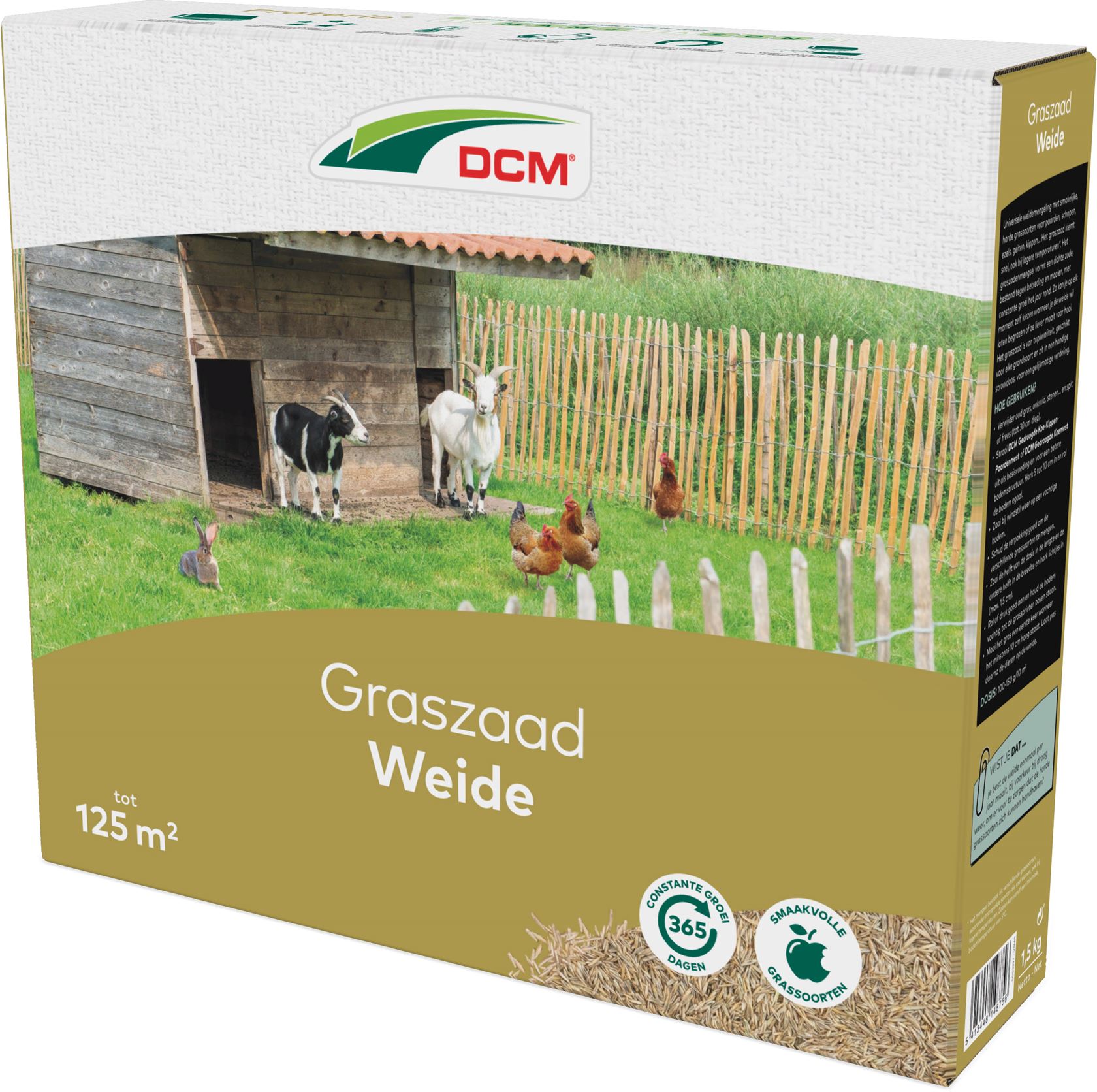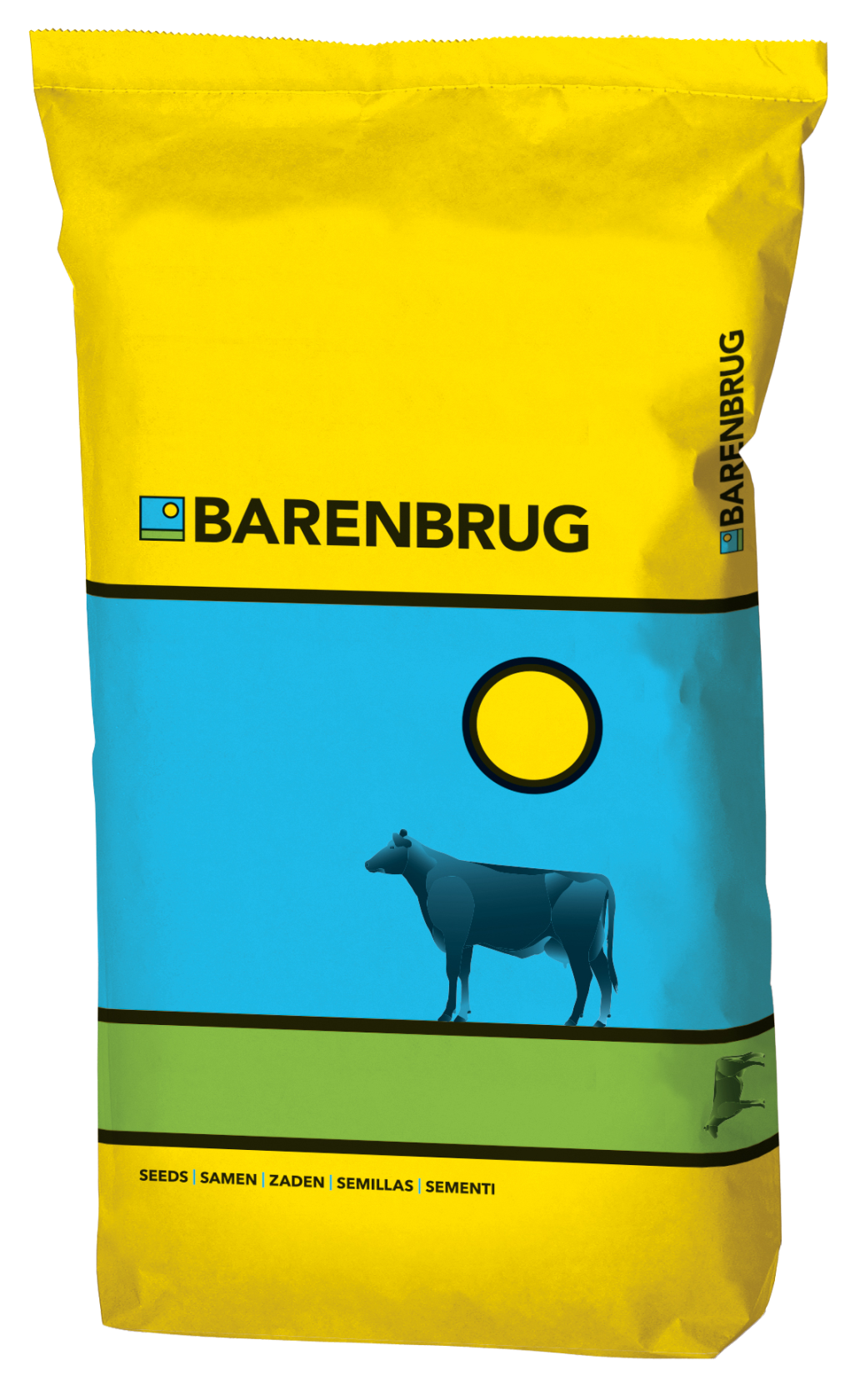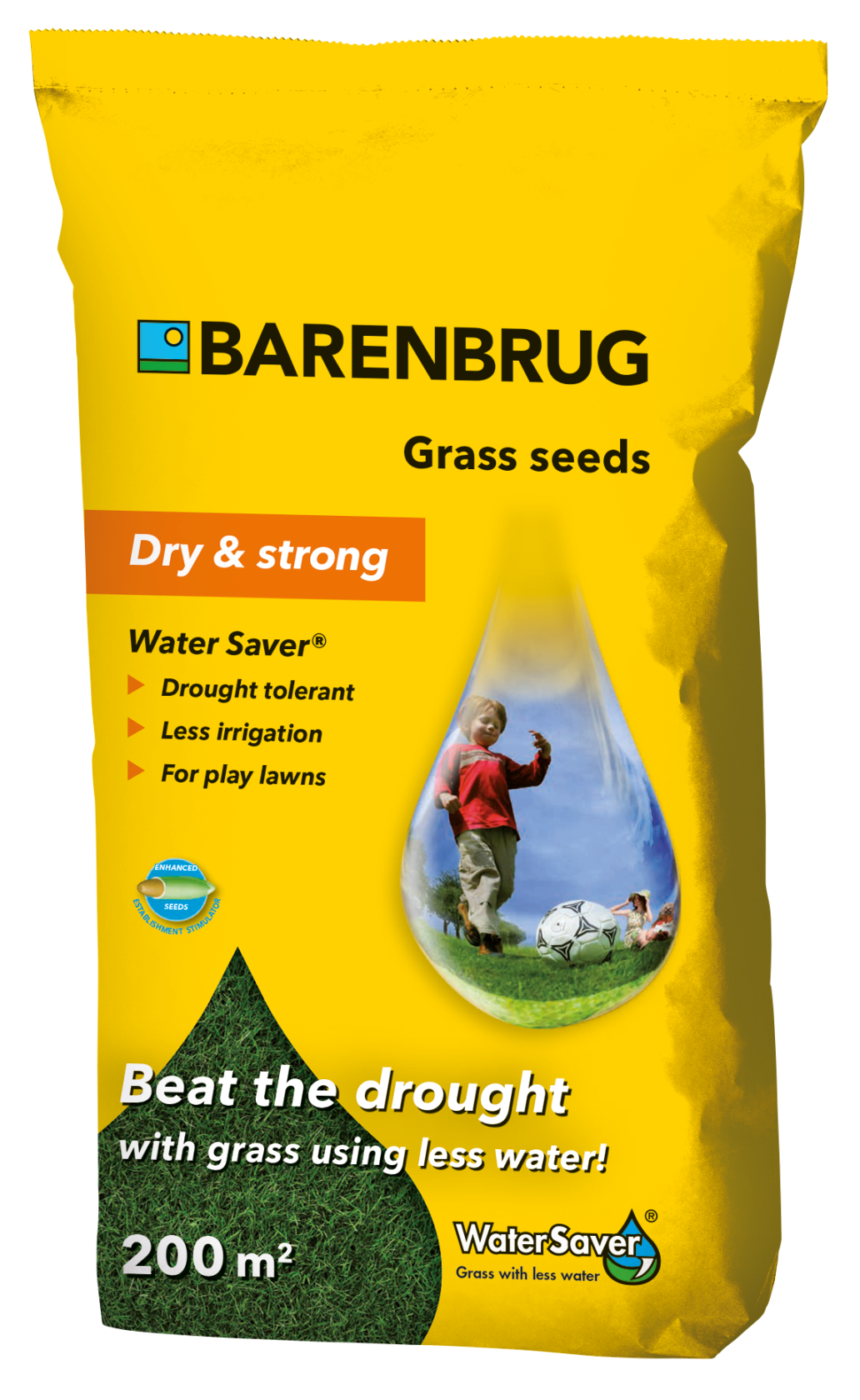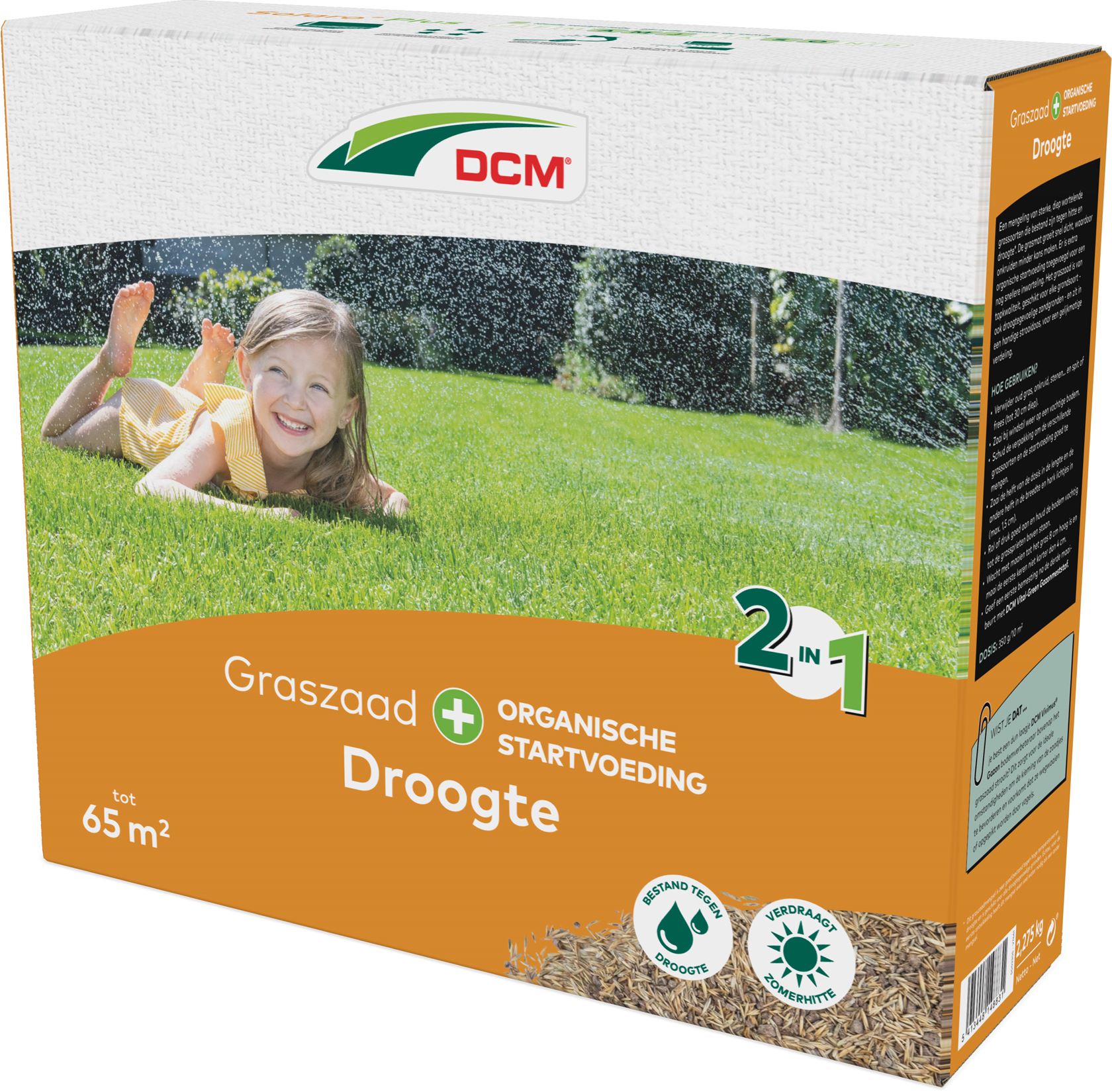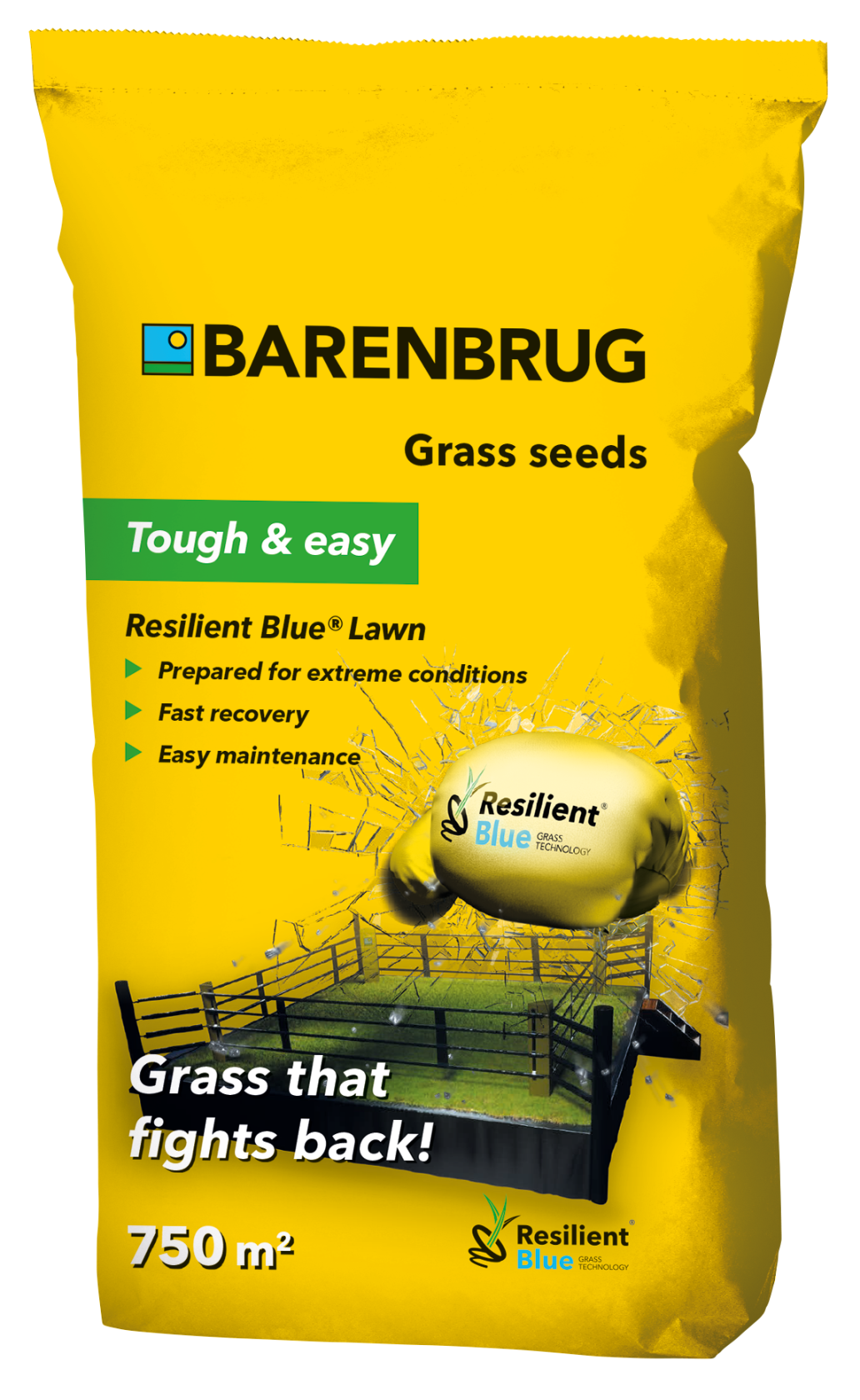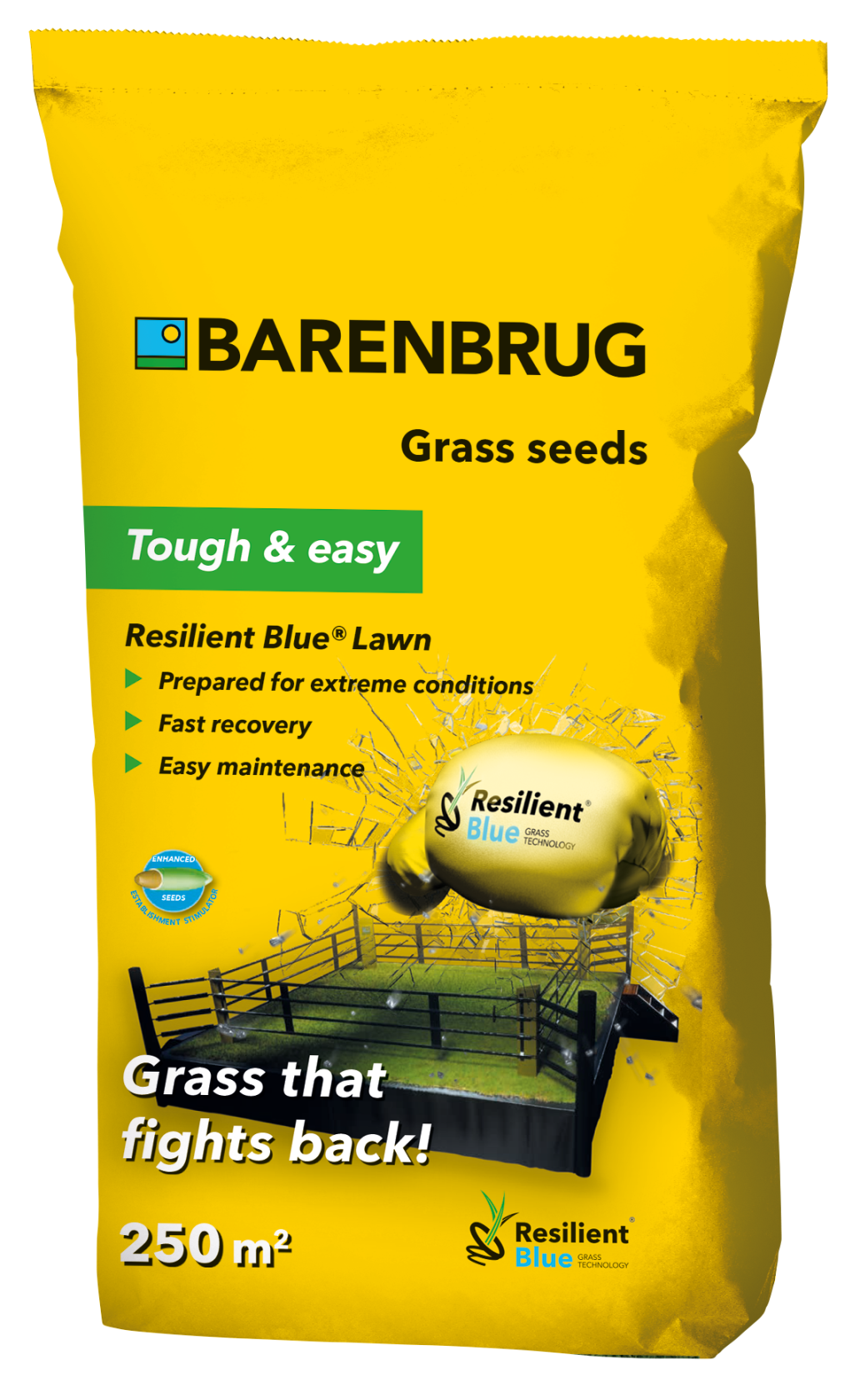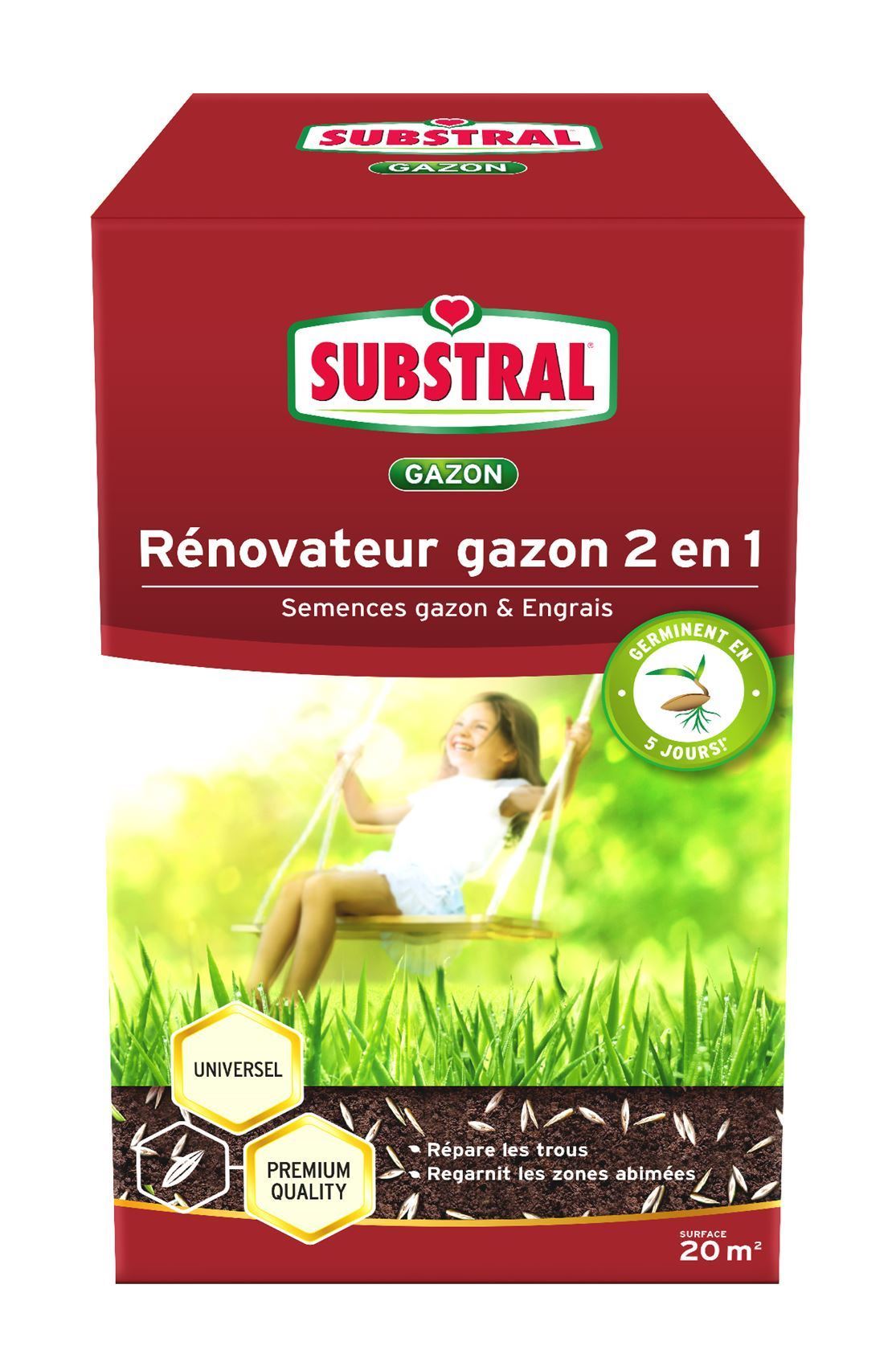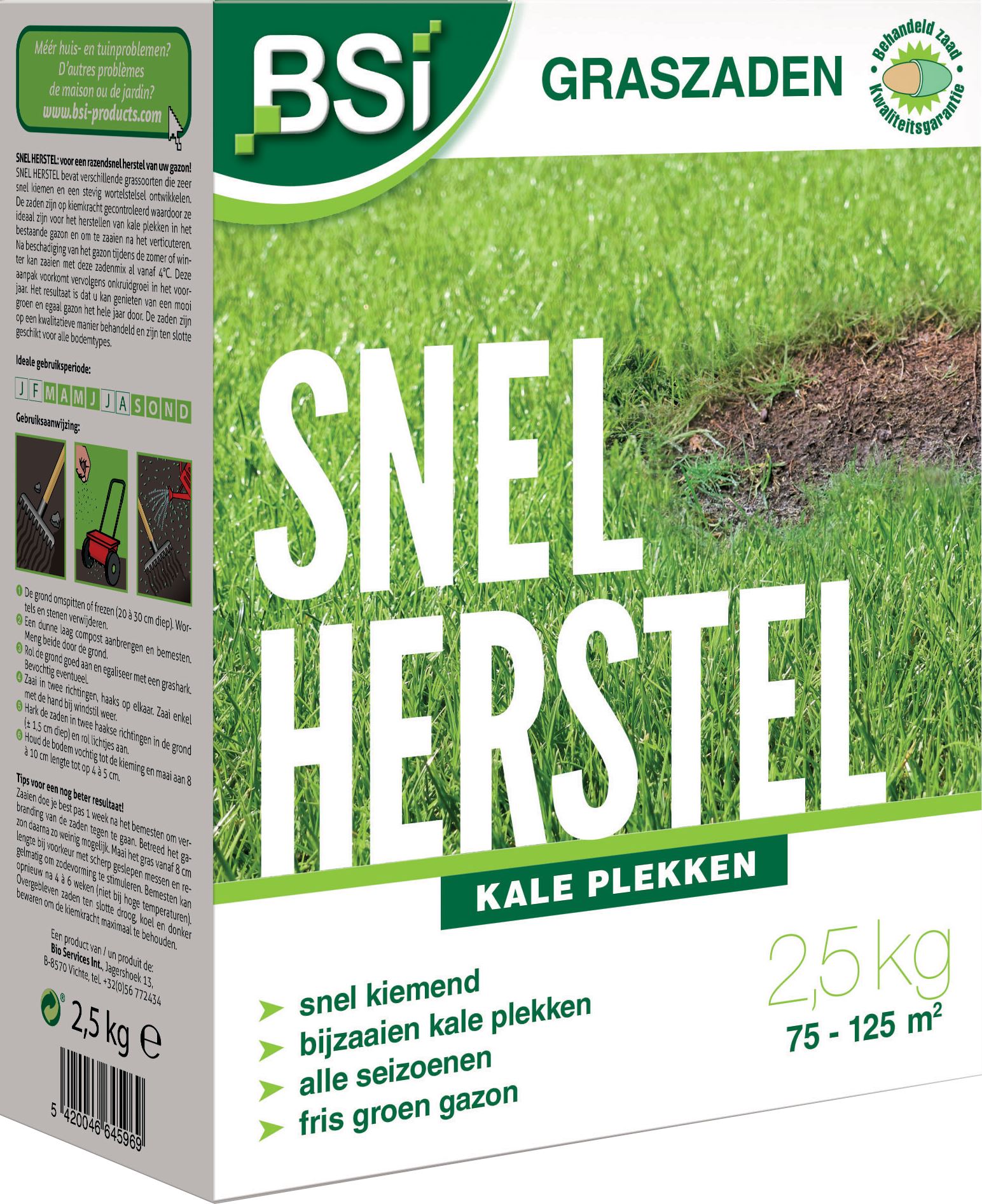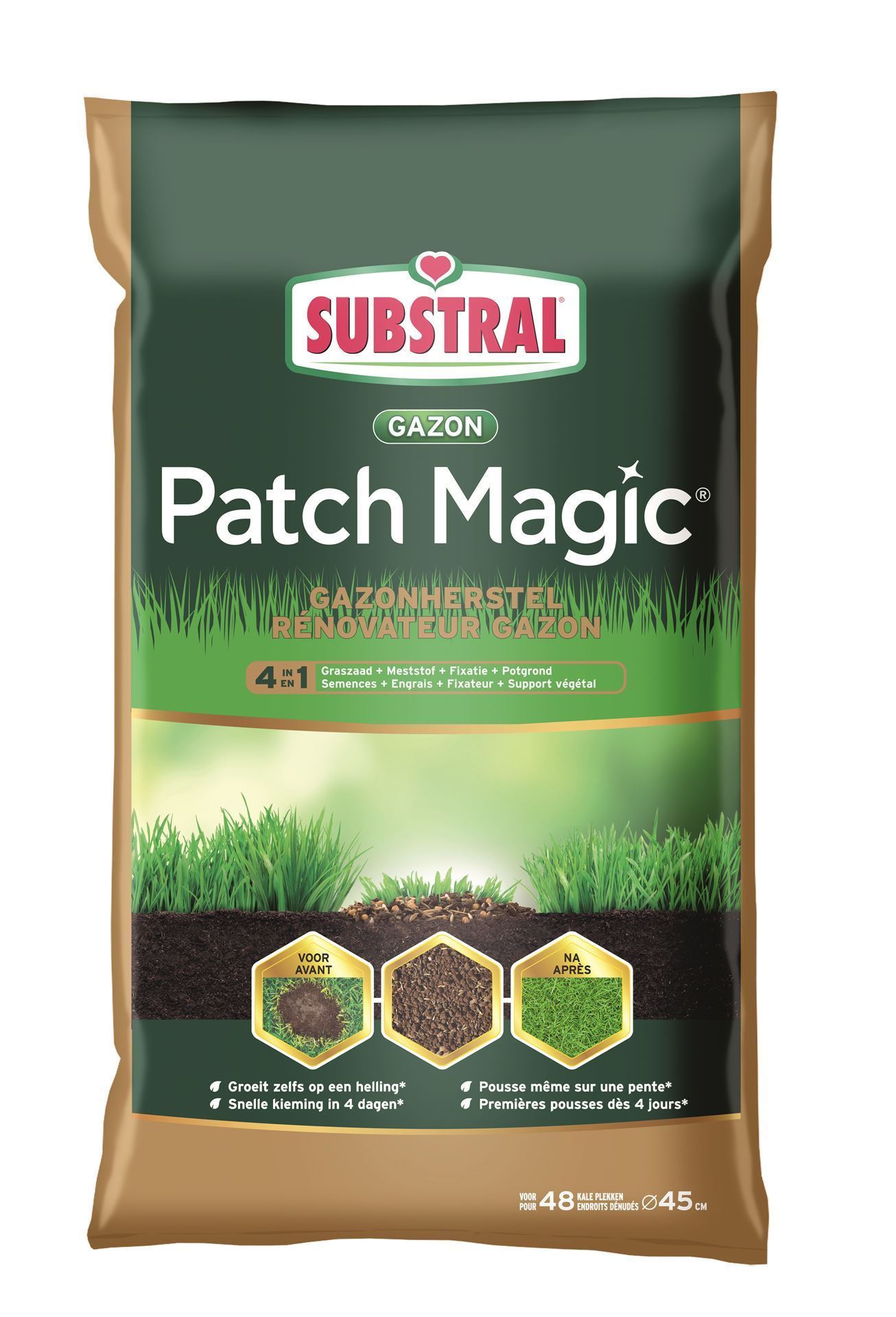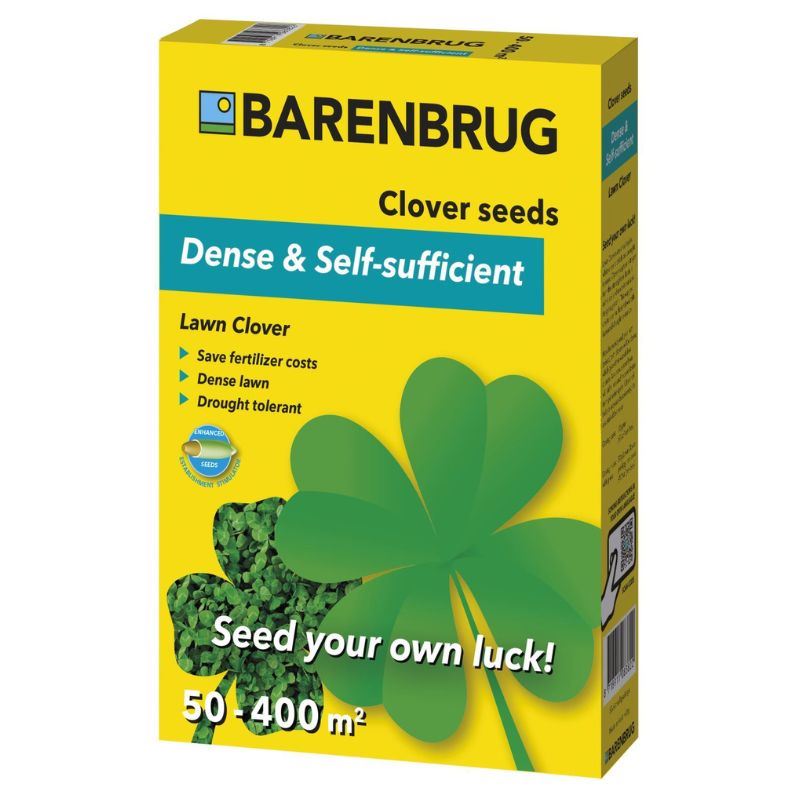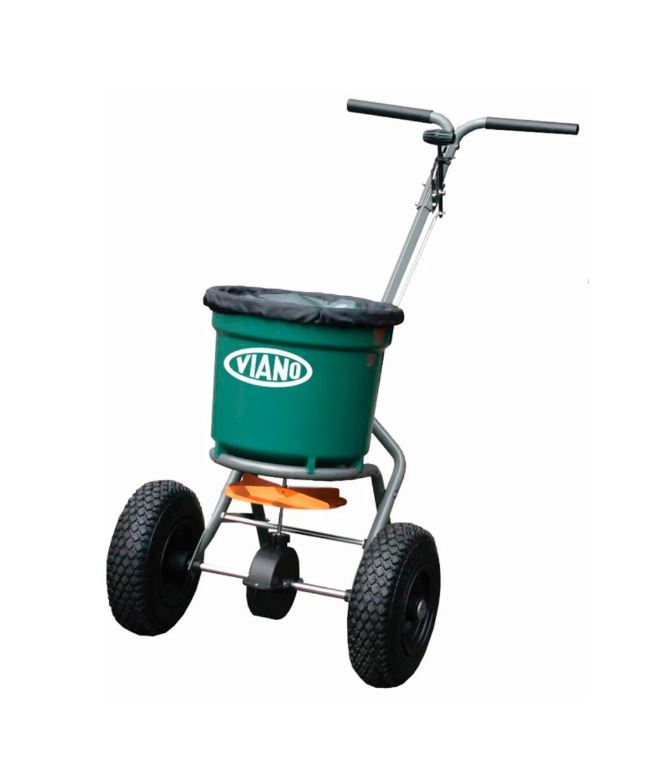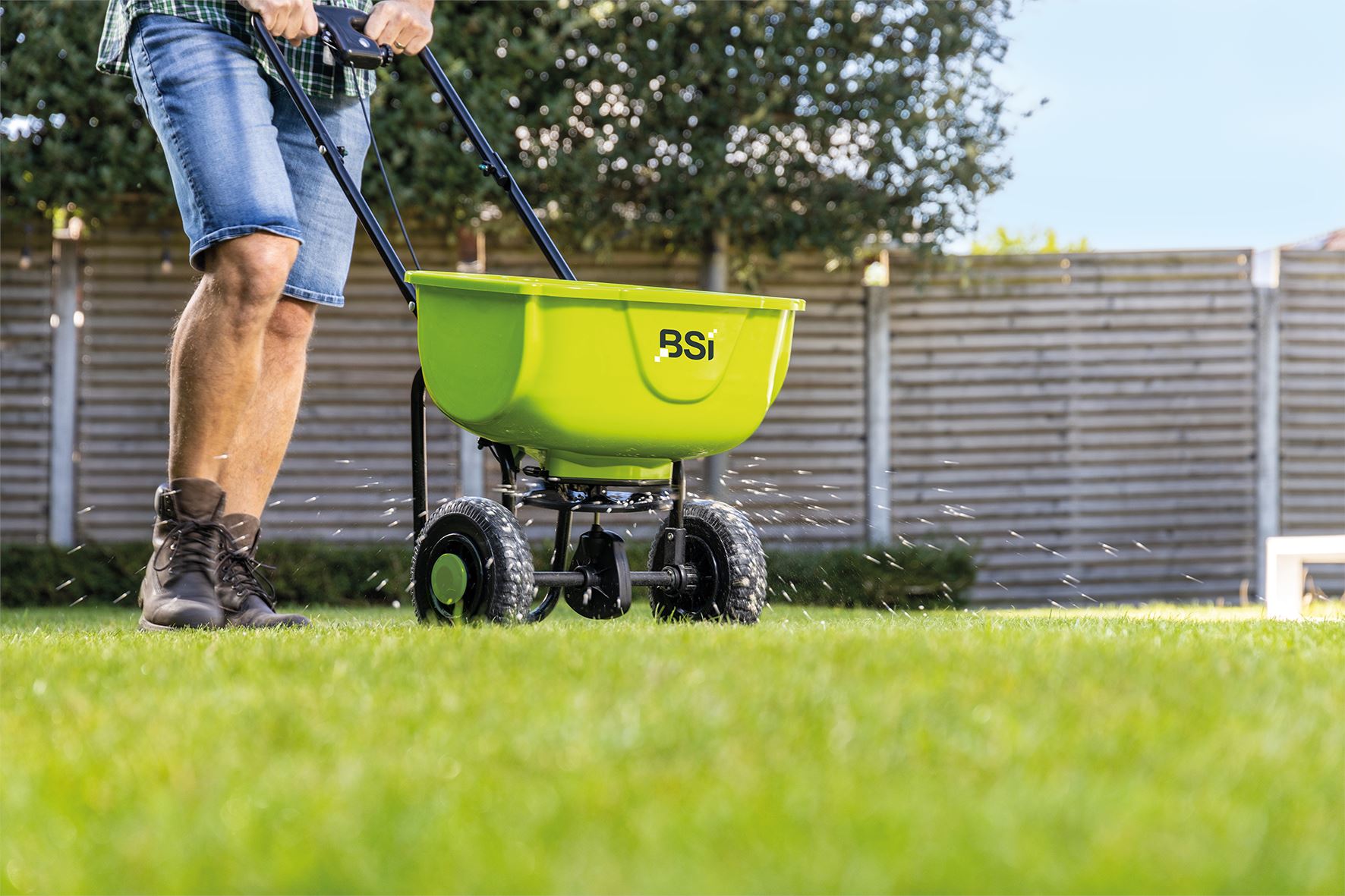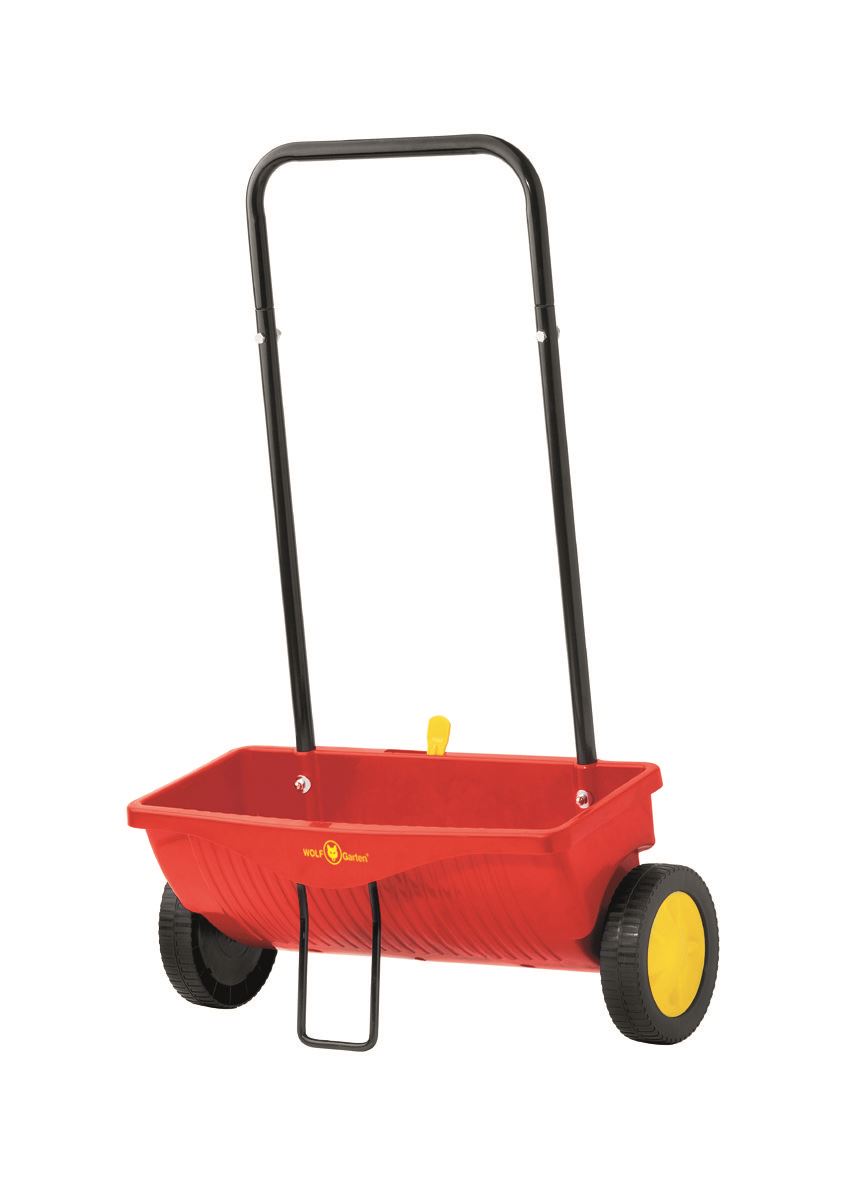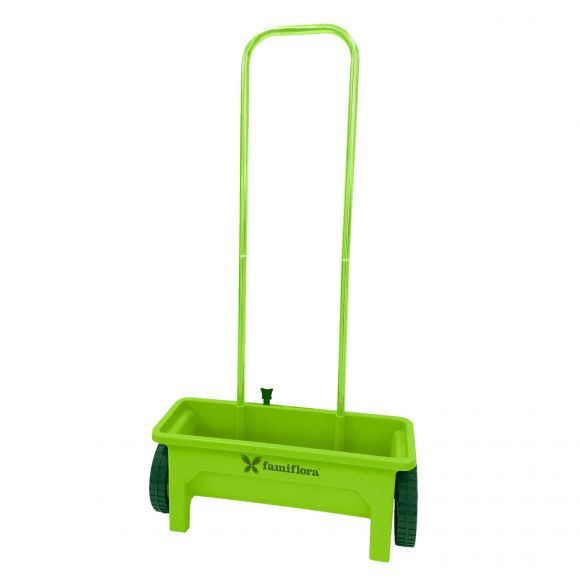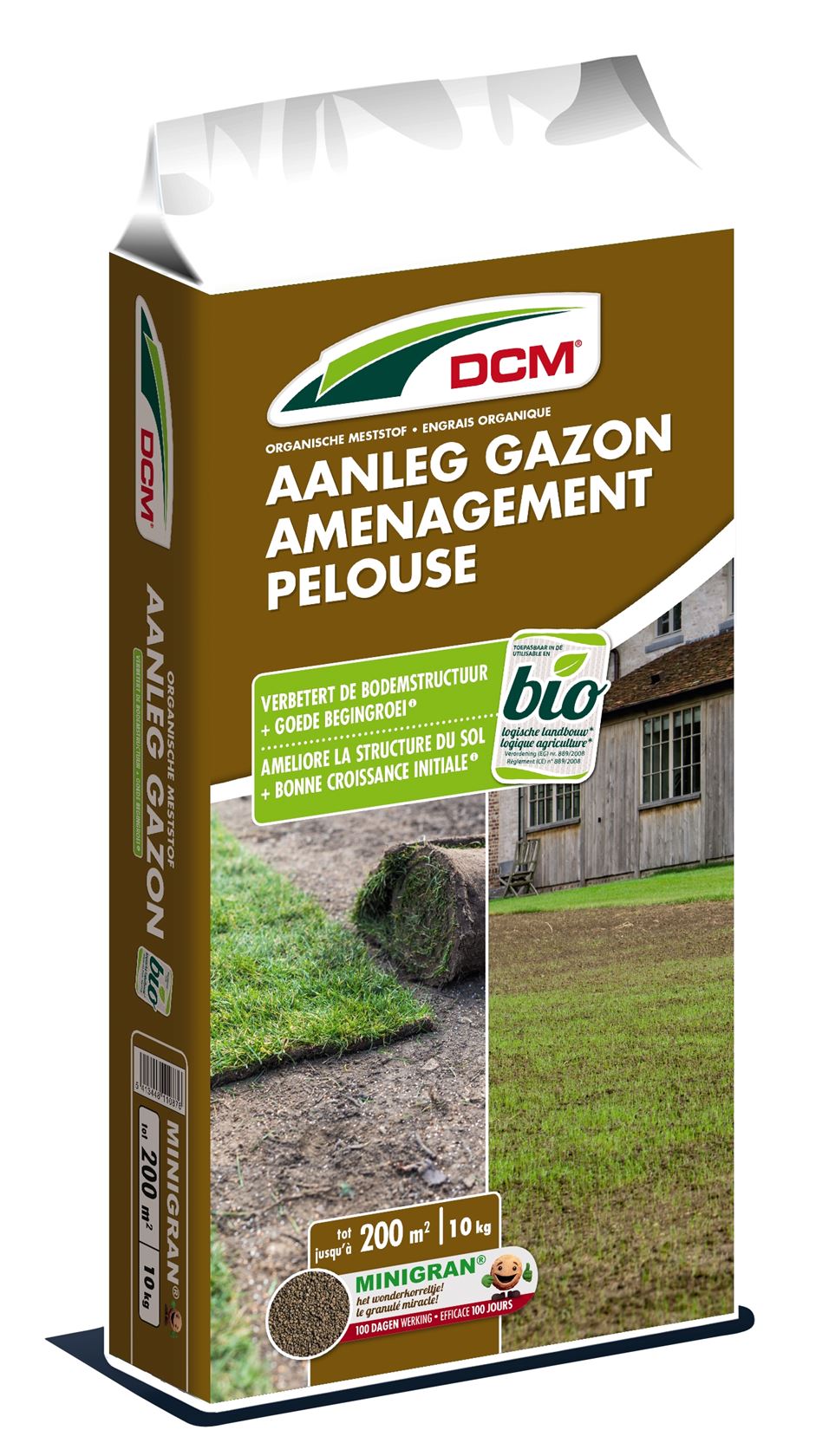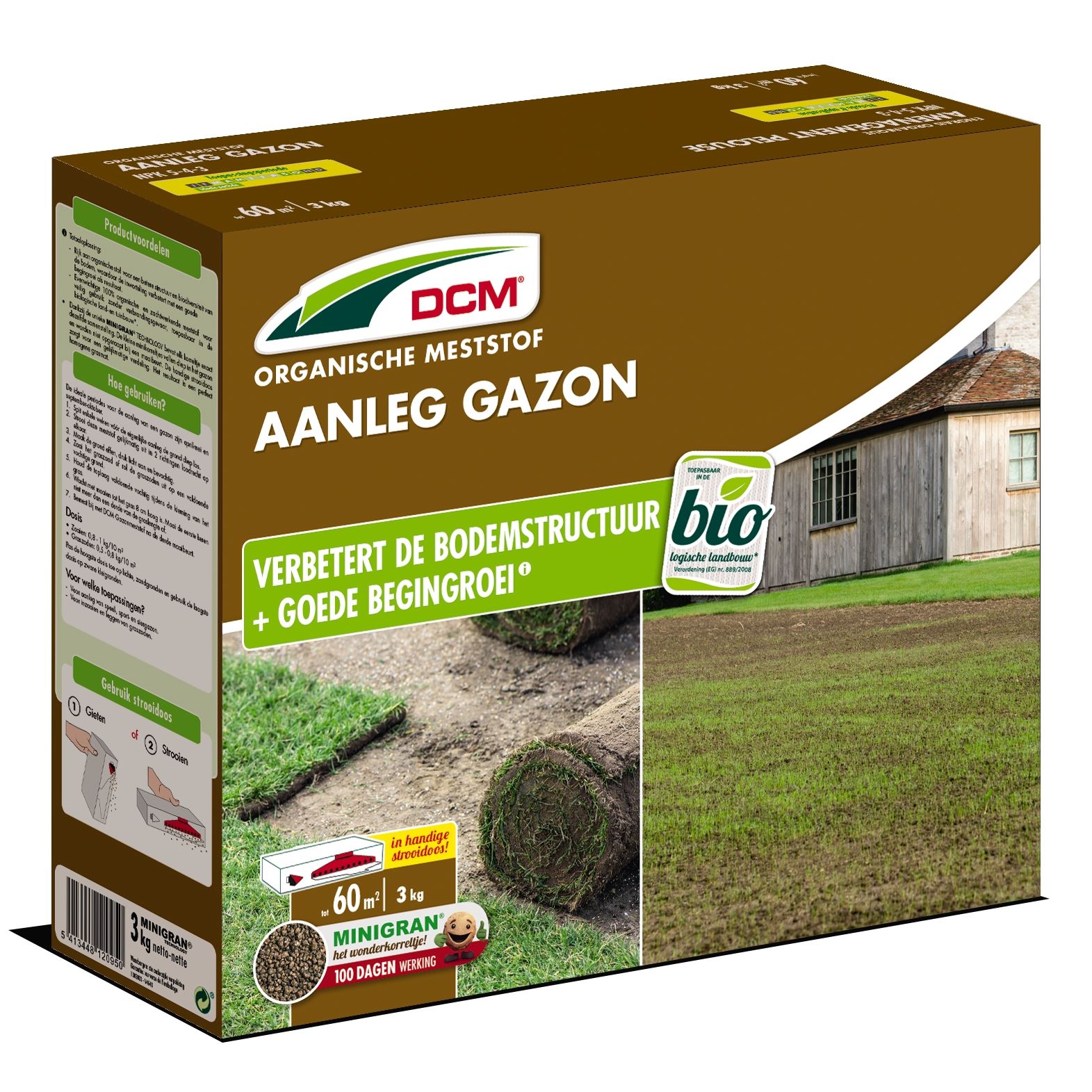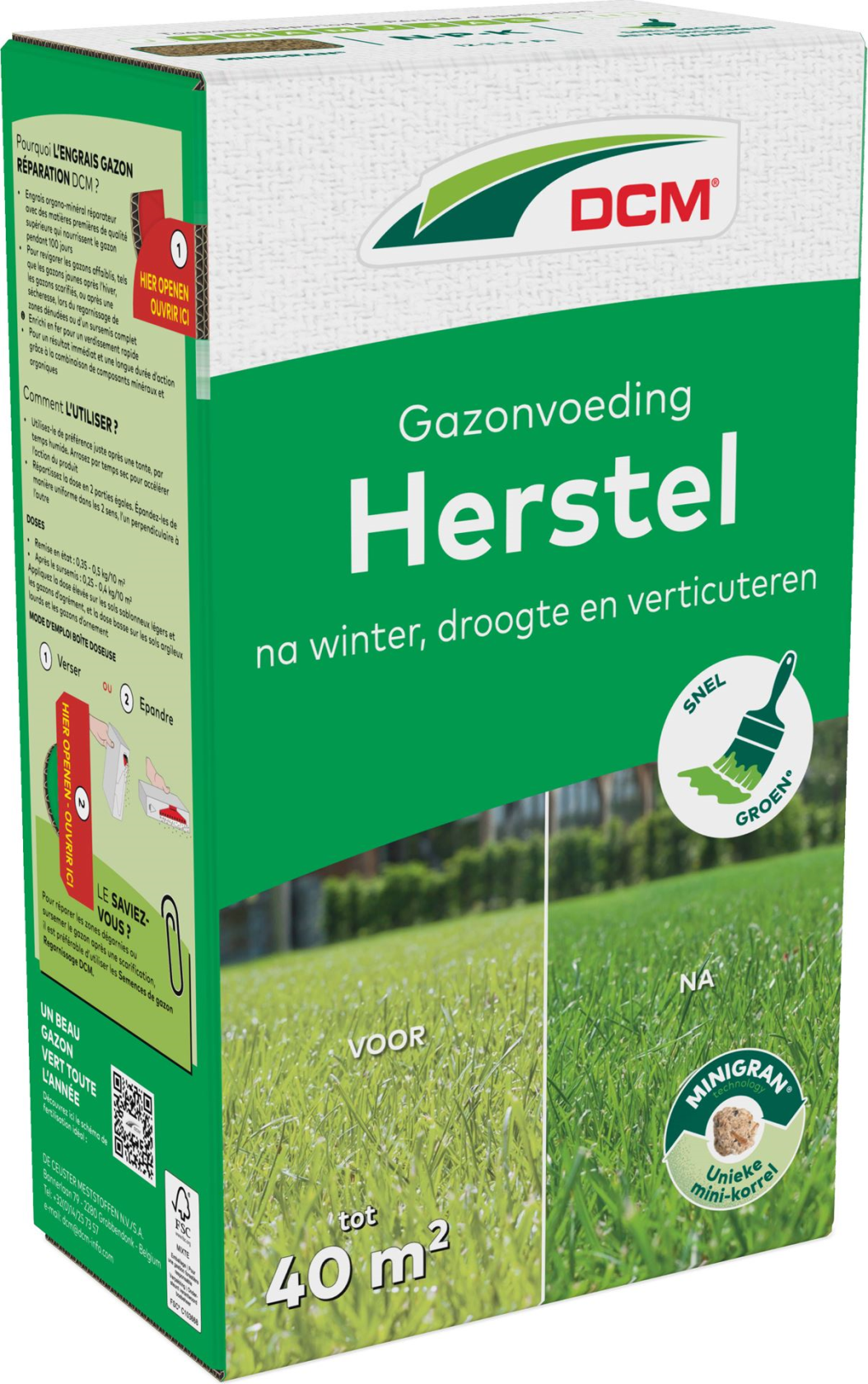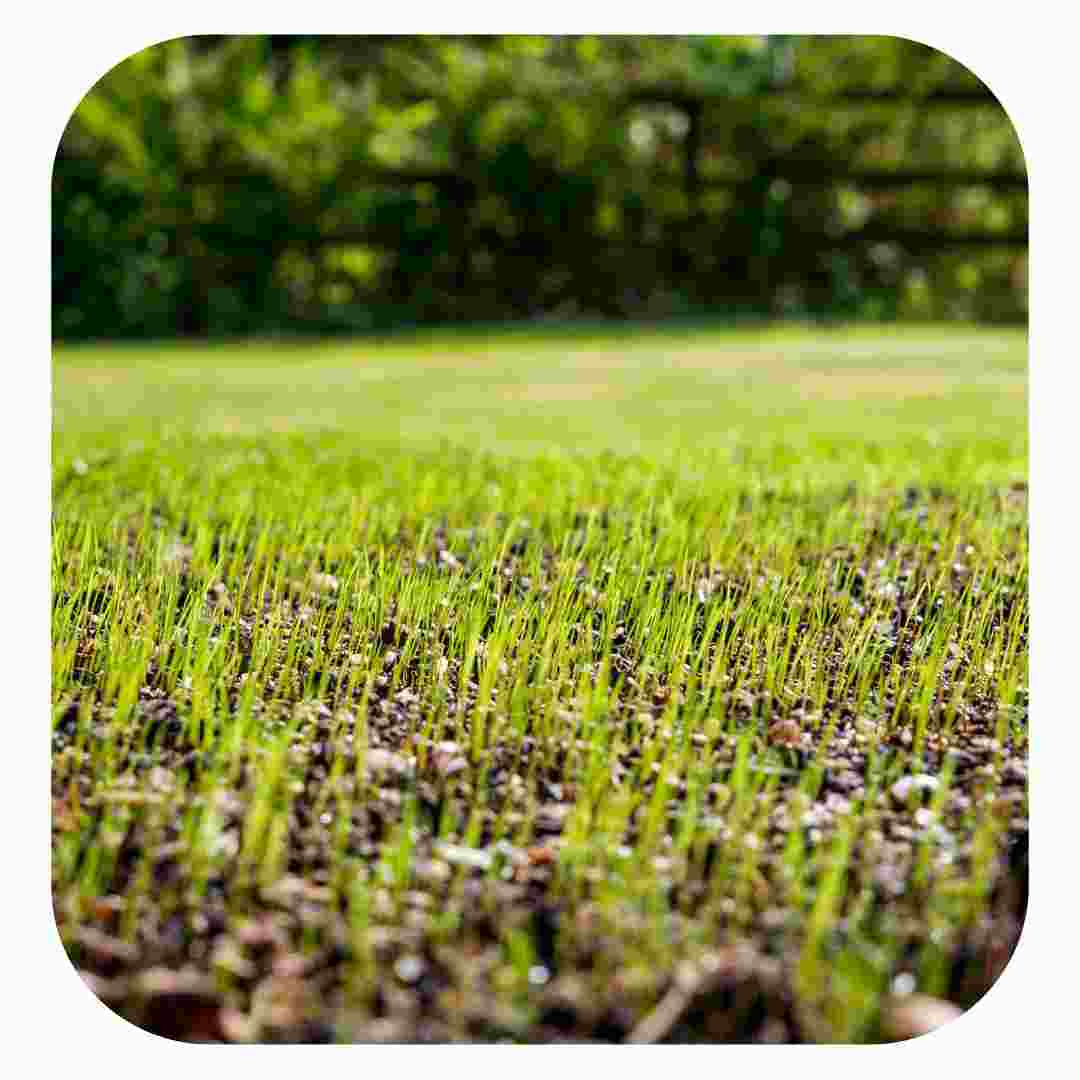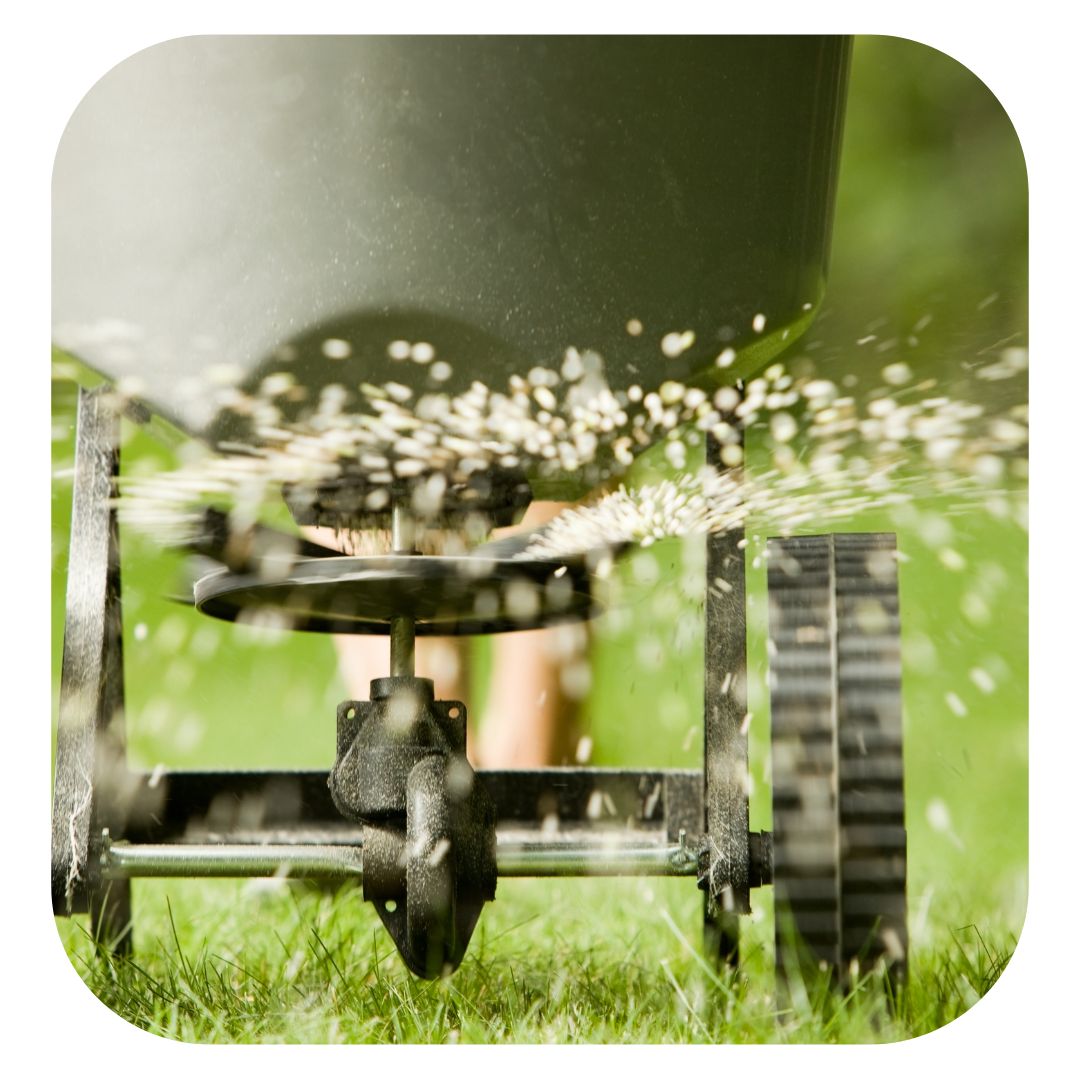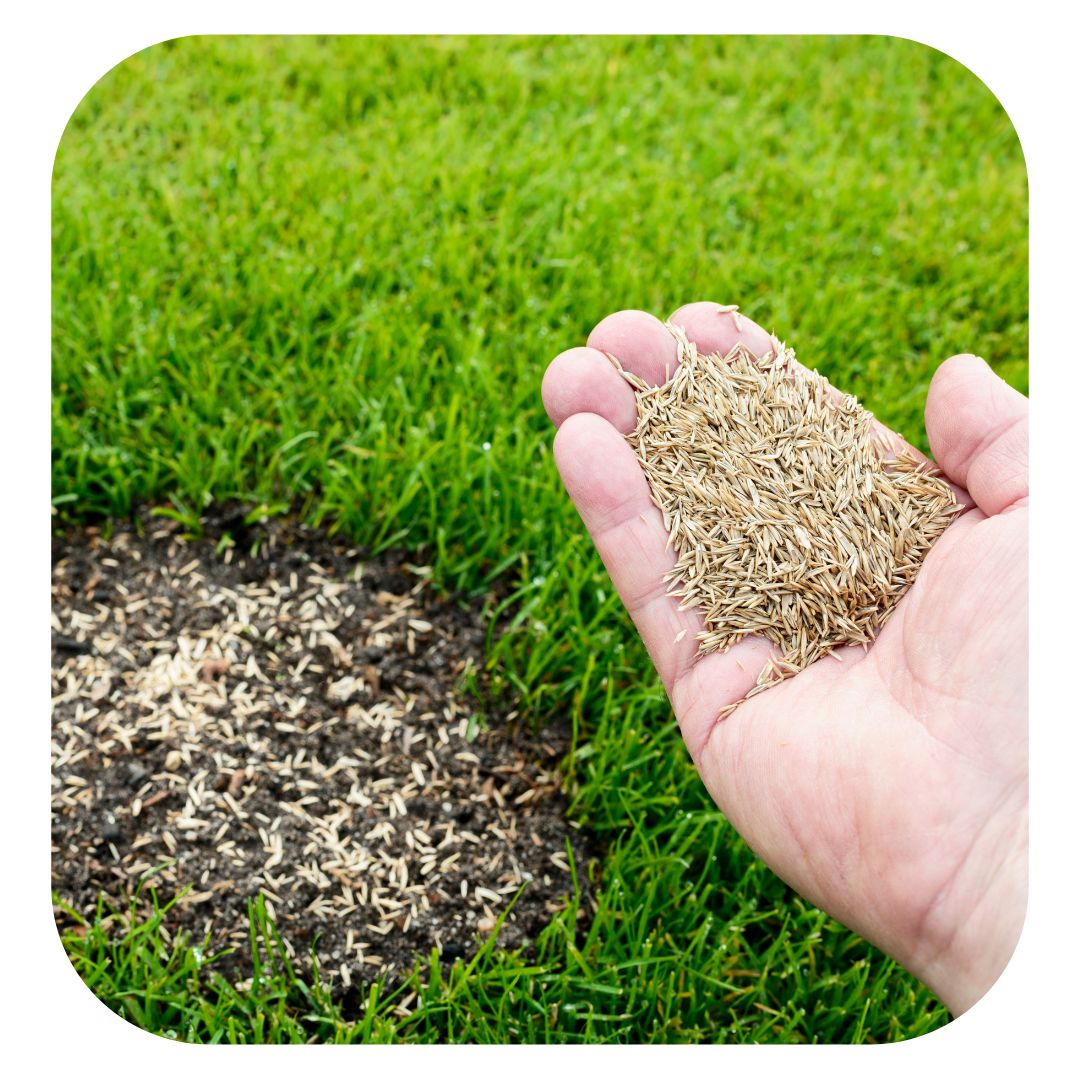All you need to know about grass seed!
Which grass seed do I need?
If you are not quite at home in the world of grass varieties and laying a lawn, it can all be quite overwhelming. Each bag of grass seed has unique specifications and a unique composition. Each mixture contains multiple grasses that have different properties. This makes it difficult to keep seeing the blade of grass through the lawn. However, it is important to choose a grass seed that suits the conditions in your garden.
Play and sports lawn
Play and sports grass is extremely strong and it should be lived on and played on. This grass seed contains very strong grass varieties that together form a very dense turf. A play and sports lawn requires little maintenance and has an exceptionally good self-healing capacity. Grass seed for play and sports turf germinates very quickly, allowing your children and four-legged friends to quickly play in the garden.
View recommended products 👇
Shade lawn
Grass needs enough sunlight to grow. It does not grow as well in the shade, and because the soil often stays a lot wetter in the shade, moss gets the chance to overgrow the grass. If your lawn receives less than 4 hours of sunlight a day on average, for instance because of tall trees in or around your garden, it is best to use grass seed for shade lawn. Typical shade mixtures contain mainly red fescue and Agrostis. These are grass varieties that offer very fine and dense sod and perform exceptionally well in the shade. In addition, they are resistant to drought because in shade lawns, the grass is often competed for nutrition by shrubs or trees.
View recommended products 👇
Ornamental lawn
Does your lawn primarily serve as the showpiece of your garden, the pièce de résistance? The grass seed that offers the most beautiful lawn is grass seed for an ornamental lawn. This grass seed results in a fine-leaved and fresh-green lawn that can also be mowed extremely short. Please note that the entry resistance of ornamental lawn is not as high as other types of grass. Entry resistance is the degree to which the lawn can withstand the stresses of sports and games, for example. Ornamental lawns feel very soft, but they also require a lot of maintenance such as regular mowing, weeding, spreading fertiliser and scarifying to maintain their high ornamental value.
View recommended products 👇
Meadow grass seed
Mixtures of meadow grass seeds are obviously there for sowing meadows. They consist largely of English ryegrass and other very firm grasses that germinate quickly. That way, your horses, sheep or goats don't have to wait long to hop around in their familiar pasture. The grass varieties in pasture mixtures can withstand very intensive treading and also taste good for the cattle.
View recommended products 👇
Drought-resistant grass seed
In recent years, we have been getting more and more extreme weather conditions. Extreme rain leading to flooding or just extreme drought leading to alarmingly low groundwater levels. Either way, your lawn has to be able to take a serious beating in both conditions. Many grass seed mixtures therefore contain a high percentage of drought-resistant grass seeds. The largest share in those mixtures are seeds of a specific type of tall fescue. This species roots up to 60 cm deep, allowing it to store an extra buffer of nutrition and moisture for dry periods.
Does your lawn seem to not have survived a period of drought. Read here how to resuscitate it.
View recommended products 👇
Repair grass seeds
Do you have bare patches in your lawn or has your lawn suffered greatly from a dry summer with a lot of activity? Then it is time for overseeding with recovery grass. Mixtures with recovery grass contain a high percentage of seeds of ryegrass. This germinates quickly and has high treading resistance. Bare spots or areas where your lawn is less dense provide the ideal environment for weeds. Recovery grass, however, germinates so quickly that weeds have no chance. Please note: it is not advisable to use repair grass seeds at initial sowing.
View recommended products 👇
TIP: Clover-grass seeds
Most lawn owners banish clover from their gardens. And yet Barenburg also has clover grass seed in its range. After all, clover can also offer benefits:
- Less fertiliser and fewer sprays: Barenburg clover mixtures are perfectly drought-resistant. Even in a hot, dry summer, your lawn stays green. What's more, clover absorbs nitrogen from the air and releases it into the soil. Fertilisation with nitrogen fertilisers should therefore be reduced.
- Pure or combined with grass: A clover lawn can safely be combined with 'normal' grass seed when sown. It is excellent as a play and sports lawn.
- Green all year round: When a grass lawn goes into hibernation, a clover lawn retains its beautiful green colour.
- Dense lawn: The more you mow, the denser your lawn becomes. Weeds won't have a chance to survive. Clover is also more resistant to animal urine and it benefits biodiversity.
Discover our clover grass seeds 👇
What grasses are in grass seed?
A bag of grass seeds will rarely if ever contain only 1 type of grass seeds, but rather a mixture of a number of types of grasses. These are the most common types of grass seed:
- English ryegrass: This type of grass seed often forms the basis for play & sports lawns. English ryegrass also tends to have a high percentage in recovery grass seed because it germinates quickly. It also has high treading tolerance, meaning it can withstand frequent use well.
- Red fescue: You will often find a high percentage of red fescue in grass seed mixtures for an ornamental lawn. It is slow-growing and thrives well in the shade. As a result, it is also very low-maintenance.
- Tall fescue: Is your garden south-facing? Then tall fescue is ideal. Compared to other grasses, it roots very deeply. In drought conditions, tall fescue therefore has a larger supply in its root system.
- Field meadowgrass: This grass species is extremely versatile and is often used in combination with ryegrass. Field meadowgrass resists winter well. It also stays nice and green in winter.
TIP: Barenbrug's innovative technologies
Dutch producer Barenbrug is by far one of the biggest names when it comes to grass seeds. The Barenbrug Group is a world leader in developing grass and feed solutions. Get to know why buying Barenburg grass seed is always a good idea.
SOS technology (Super Over Seeding)
SOS technology was developed for lawns used as sports grounds, but grass seeds with this technology can safely be used in private gardens as well. The grass seeds in these mixtures emerge very quickly, even at temperatures as low as 4°C. So even in winter, you can sow SOS recovery grass seed.
Discover the Barenbrug grass seeds with SOS technology
RPR technology (Regenerating Perennial Ryegrass)
Grass seed mixtures with RPR technology contain a high concentration of self-healing ryegrass. This is a special type of ryegrass that emerges very quickly and forms horizontal shoots. In the sward, a kind of solidity net is thus formed, making the grass less prone to breakdown.
Preparation to sow grass
- Remove weeds and stones: Before you can start sowing, it is key to prepare the soil properly. Naturally, you will clear the soil completely of clods and stones. You do this by first digging or milling the soil. If necessary, do this twice. A rotary cultivator is especially handy for larger areas. Without too much effort, you ensure that the soil is well aerated. Up to 3 cm deep, the soil should be very fine so that the grass seeds have to make minimal effort to shoot. Also make sure that the soil is completely free of weeds so that the grass has no competition when germinating.
- Testing: A second step is to test whether the values of your soil are right for sowing. You can easily measure this using a test kit. A good lawn soil looks black, has a sandy texture and is slightly acidic. A pH value between 5.5 and 6.5 is ideal.
- Soil improvement: For a clay soil, add a clay soil improver while raking the soil to lighten the soil. A sandy soil, on the other hand, needs to be weighted down with compost and/or bentonite. Depending on which grass seed you buy, starter fertiliser has been added or not. If this is not the case, then when adding soil conditioner, you can add additional fertiliser developed for lawns.
- Levelling: After adding the soil conditioner, rake the soil evenly and by raking you immediately ensure that the soil conditioner is well mixed with soil. If necessary, level further with a lawn roller.
How to sow grass seed?
To make sure the grass seed is evenly distributed over the total area, you can use a spreader . If the area is not too large, you can also feel free to sow your grass seed by hand. To spread your grass seed optimally, sow first in one direction (e.g. vertically) and then in the other direction (horizontally).
Once the entire area is seeded with grass seed, gently rake in the grass seed so that it is about an inch below the ground. After raking in the grass seed, roll the soil flat with a lawn roller. This promotes germination and also immediately prevents birds from stealing your grass seed.
Next, lightly moisten the soil by misting water. Make sure you mist and don't use too strong a water jet. Too strong a water jet again leads to unevenness and your grass seed will rise too much. Be sure not to spray too much so as not to create a mud puddle.
During the first two weeks, keep the soil moist by spraying water. Mist several times a day so that the top layer always remains moist. It is better to spray briefly several times a day, rather than once a lot. If it rains enough, you don't necessarily need to water extra. It is important to keep the soil moist. Freshly sown grass seed needs about 4 litres of water per square metre per day. Of course, this is not easy to measure. A handy trick is to place a coffee cup on the ground and then spray. When the cup is full, you have sprayed enough.
Exactly how long it takes your grass seed to germinate depends a lot on conditions such as temperature, light and humidity. Moreover, there are fast-germinating grasses versus slightly slower-germinating ones.
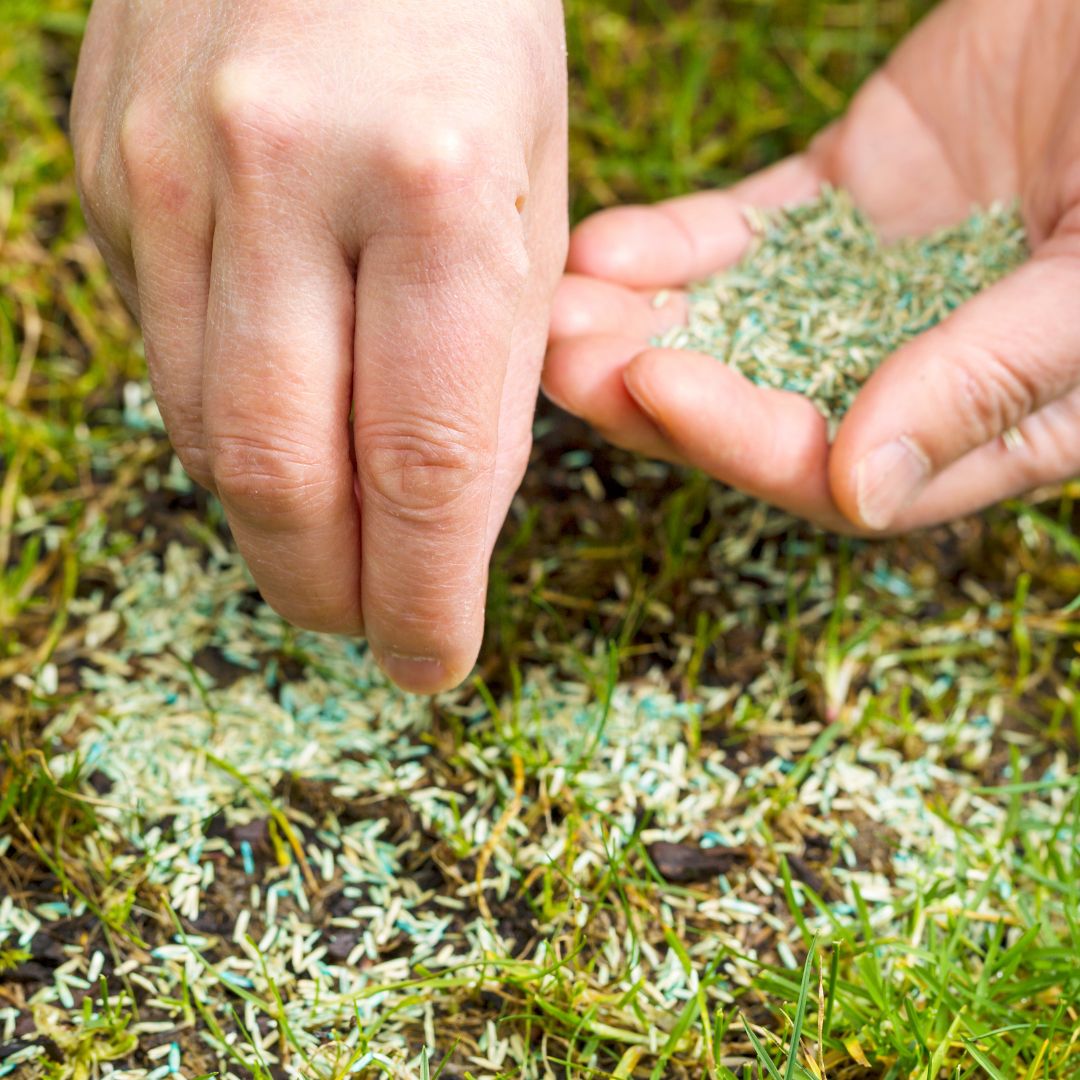
Sow your lawn with one of these spreaders 👇
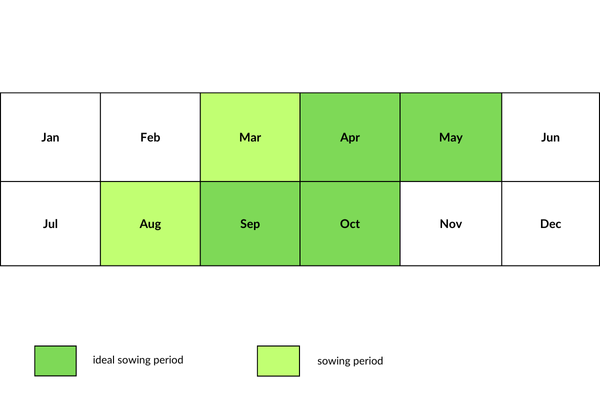
When is the best time to sow grass?
When to mow for the first time?

Tip from Marcel
You mow the grass the first time when it has reached a length of 10 cm. Make sure not to cut it too short and mow without a collection tray if necessary. The cut grass will also germinate itself and thus create a dense turf faster. Make sure the blades of your lawnmower are sharp. Otherwise you risk damaging your young lawn by pulling out the young grass blades.
After sowing and mowing: fertilise!
If you have sown grass and it has come up nicely in the meantime, you obviously need to take good care of it. With the help of lawn fertilisers, you give your grass sufficient nutrients so that it can grow well and resist drought and disease, among other things. You can know the exact composition of lawn fertilisers by their NPK formula (nitrogen-phosphorus-potassium). Nitrogen ensures good growth, phosphorus for strong roots and potassium increases resistance. Magnesium is also often added to achieve a deep green colour.
View recommended products 👇













